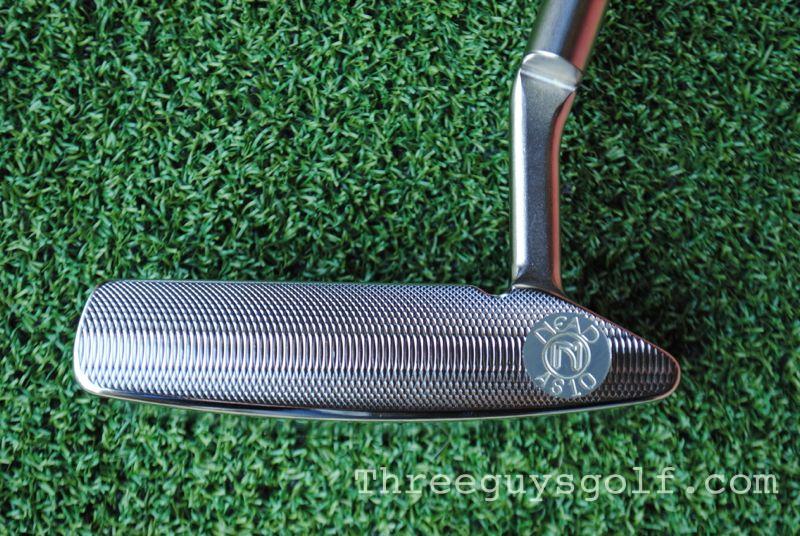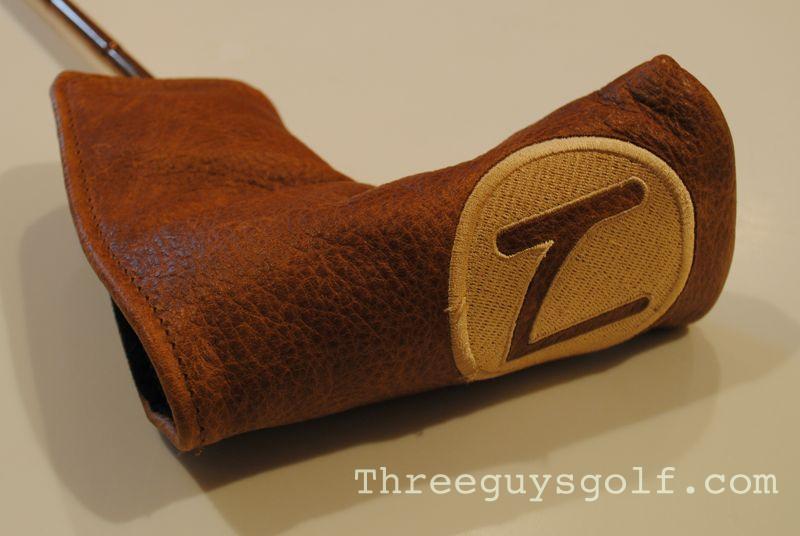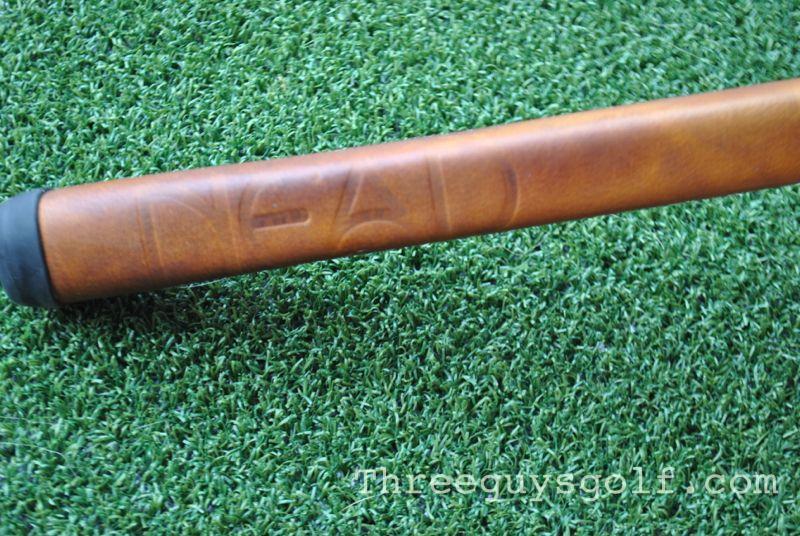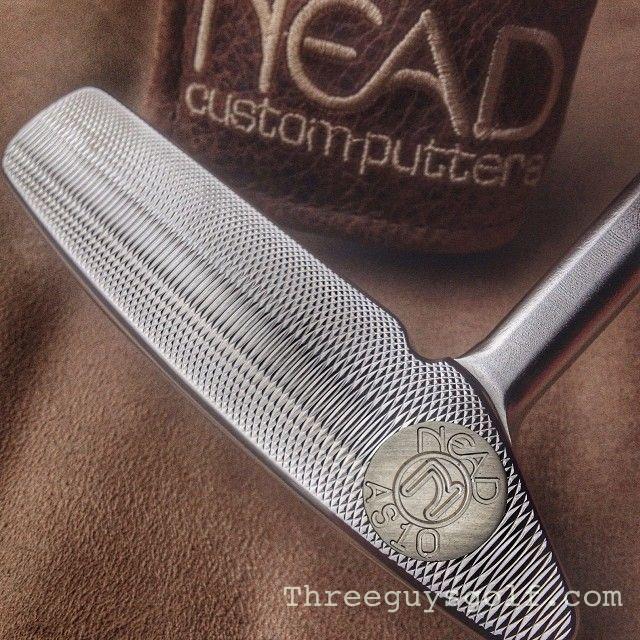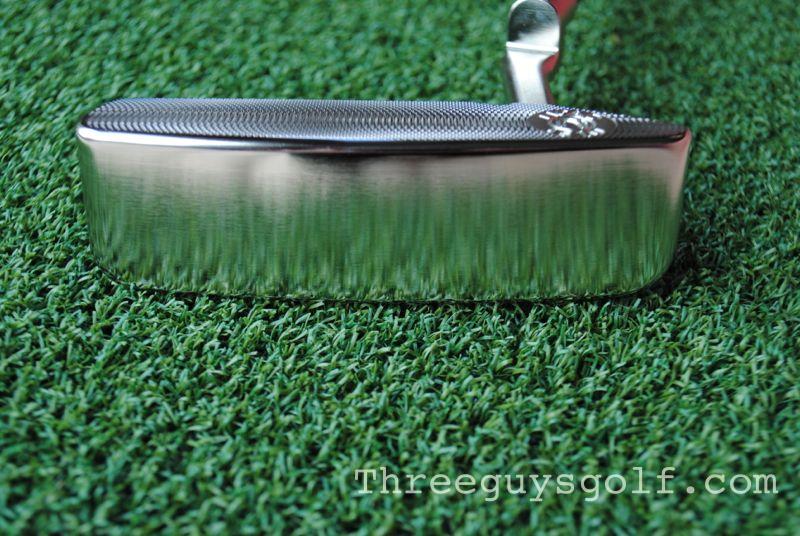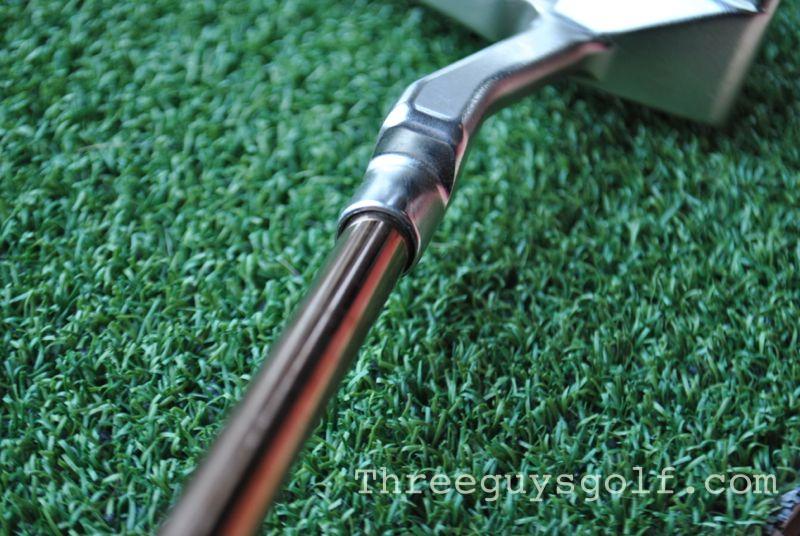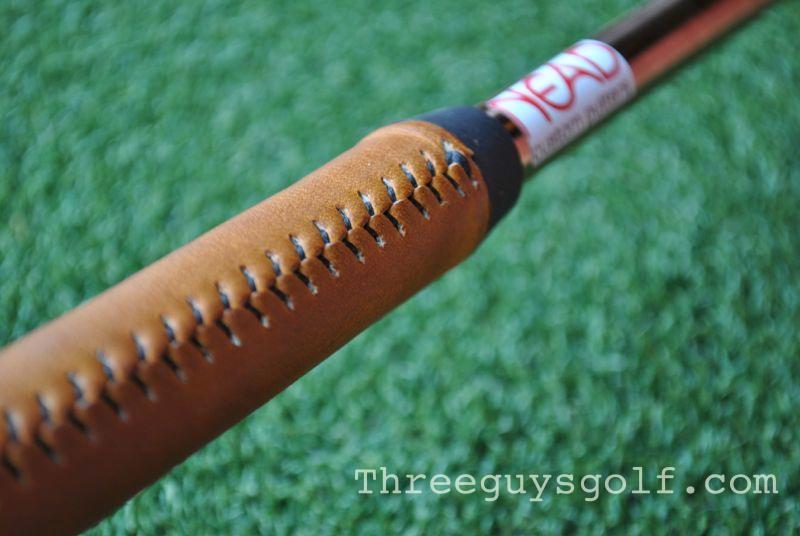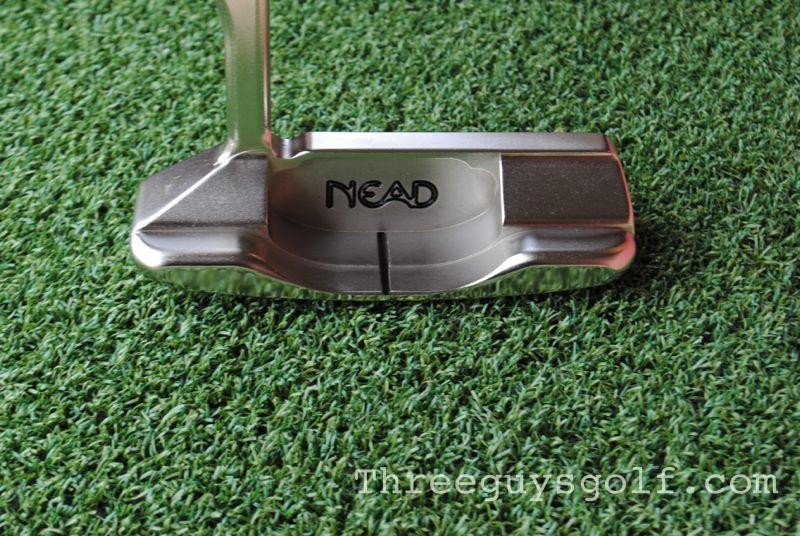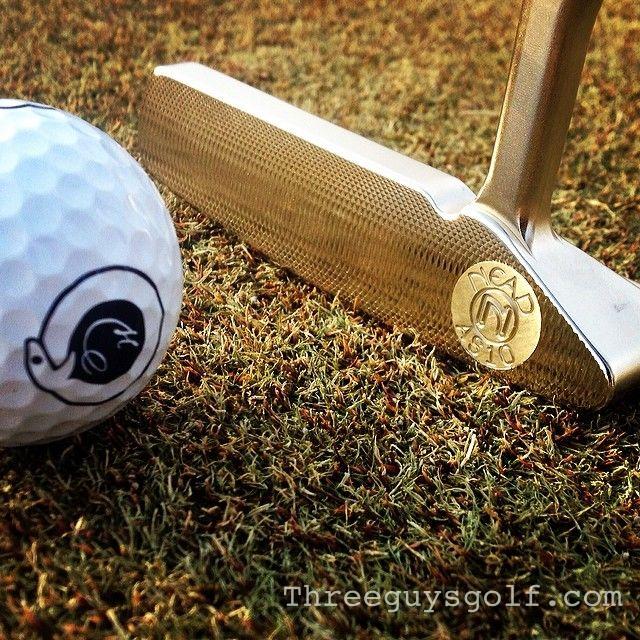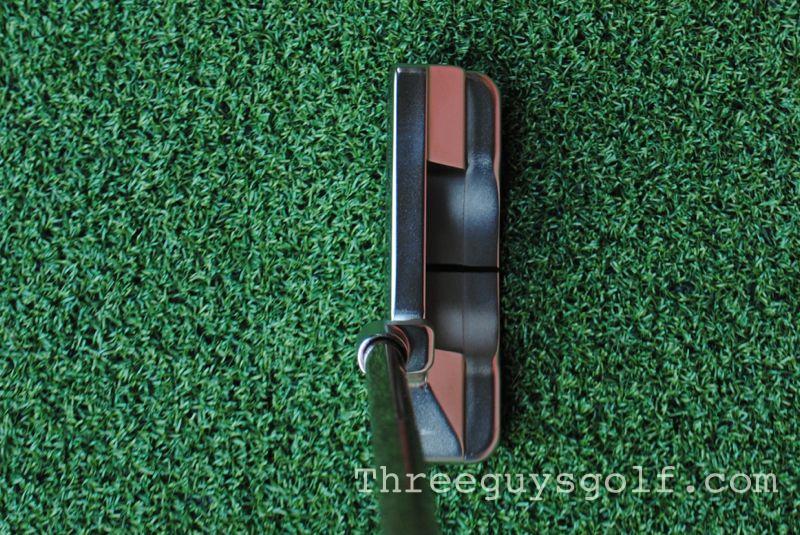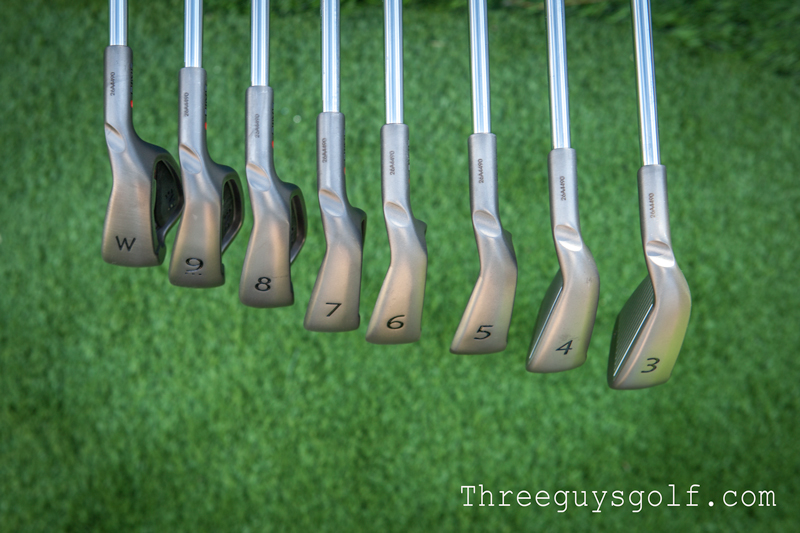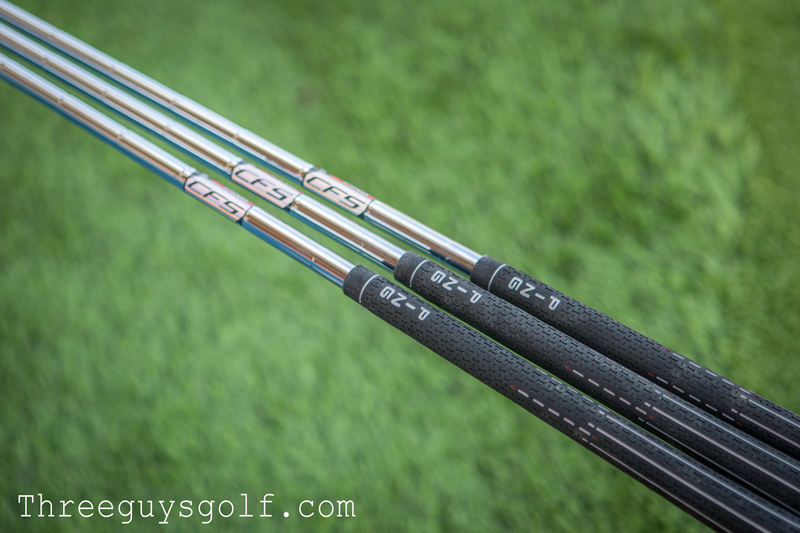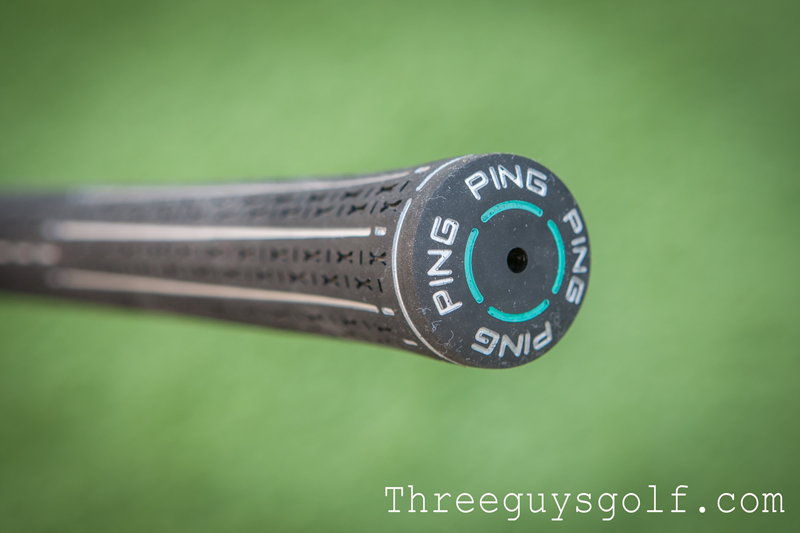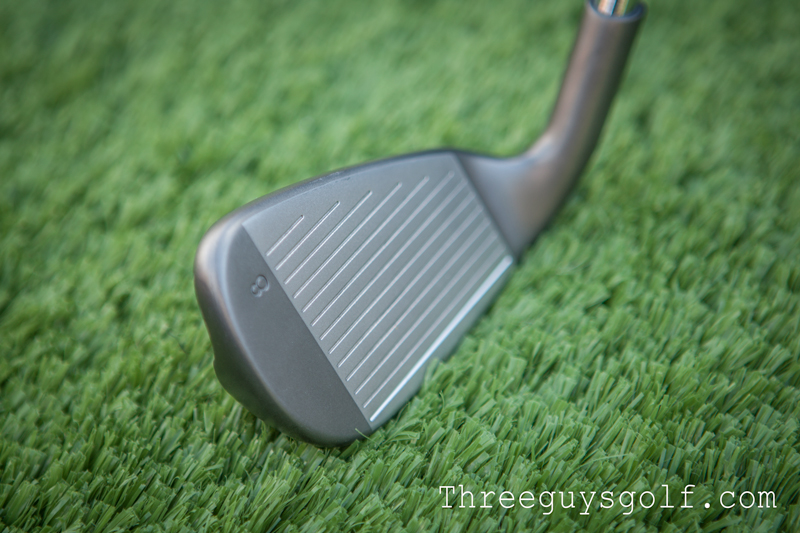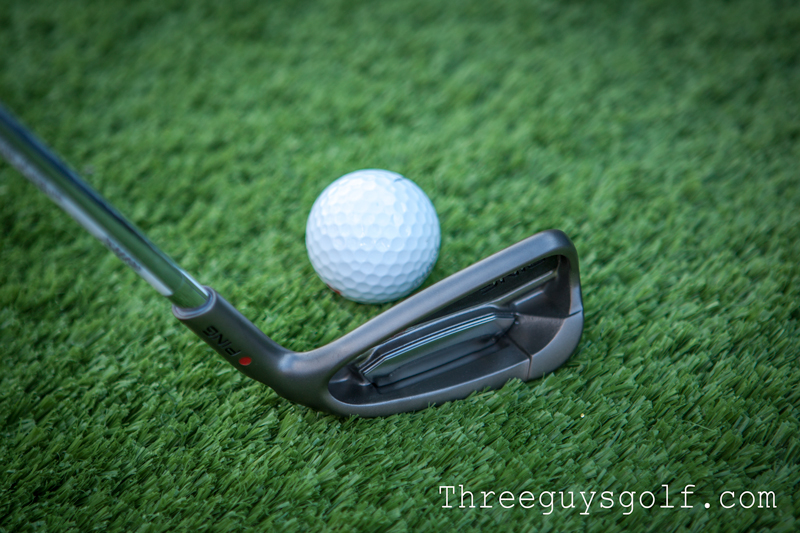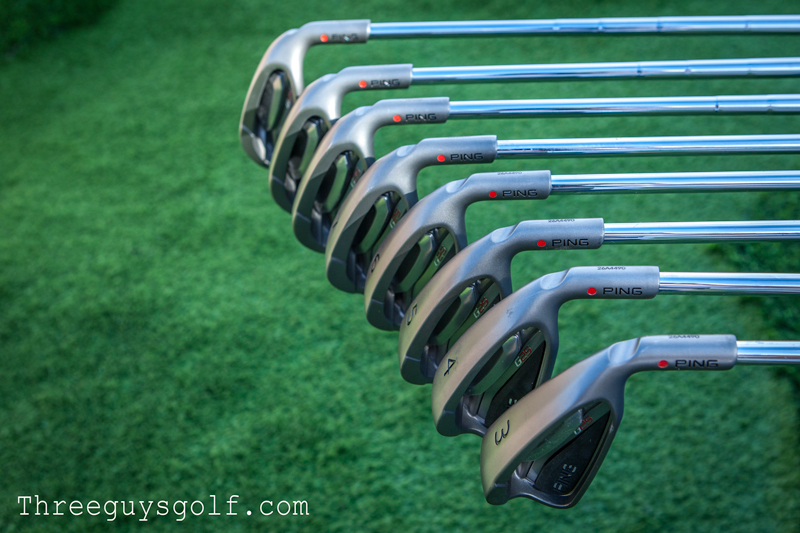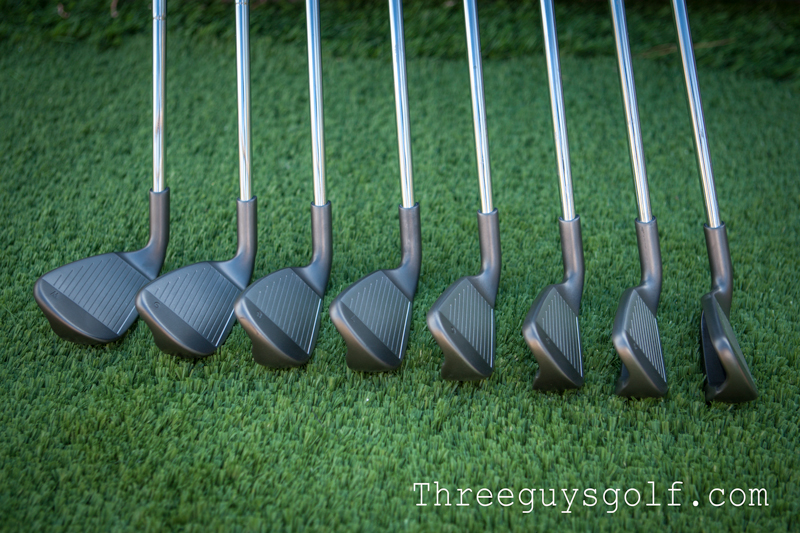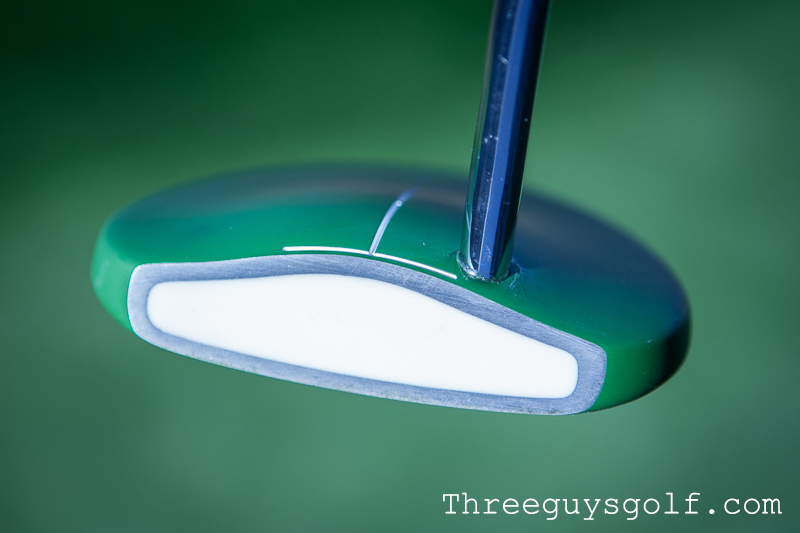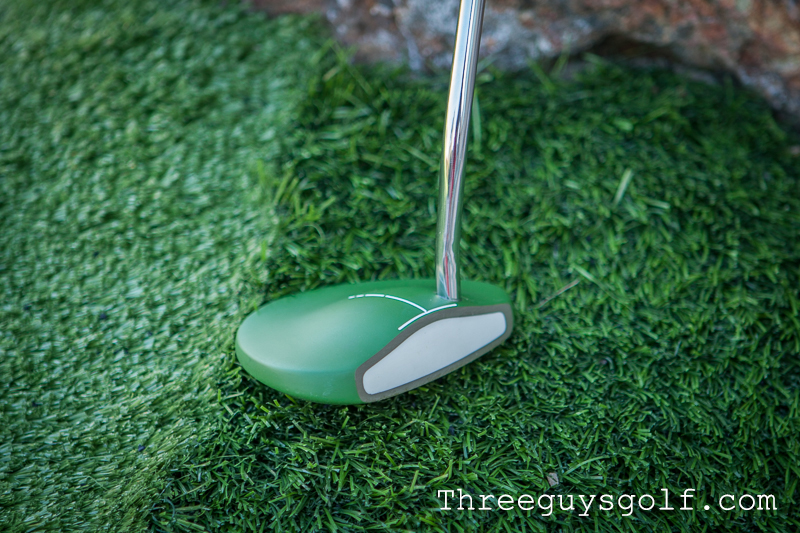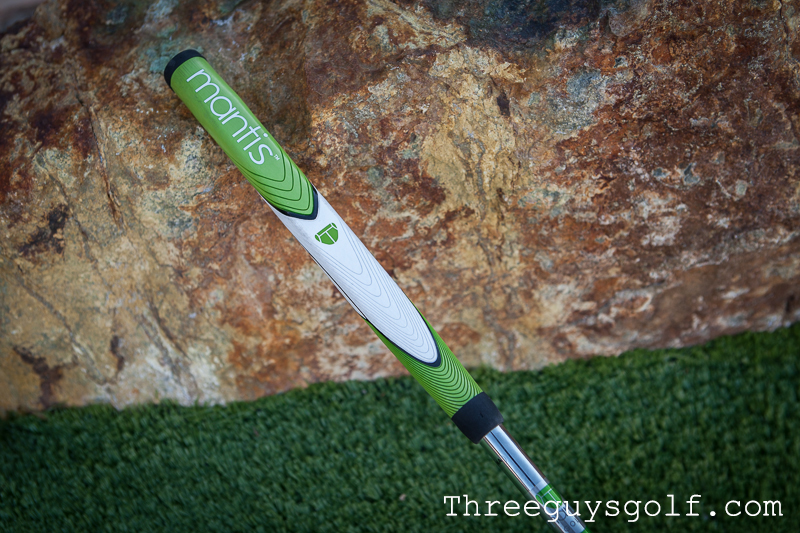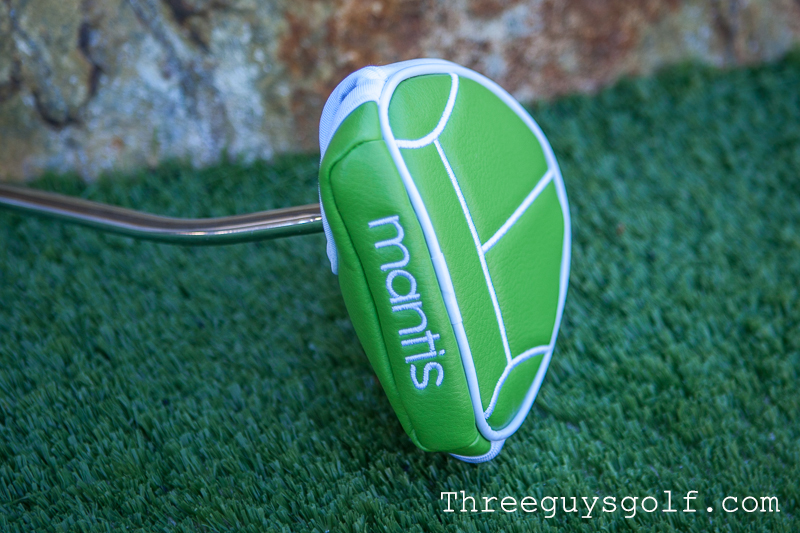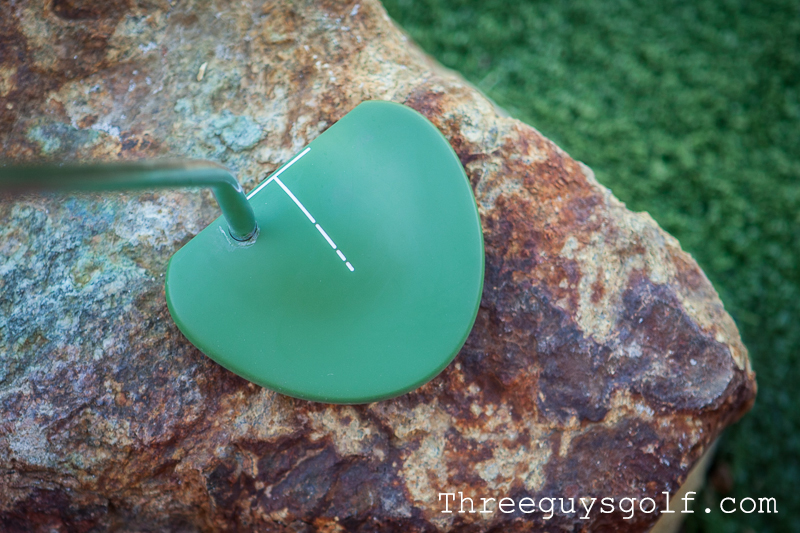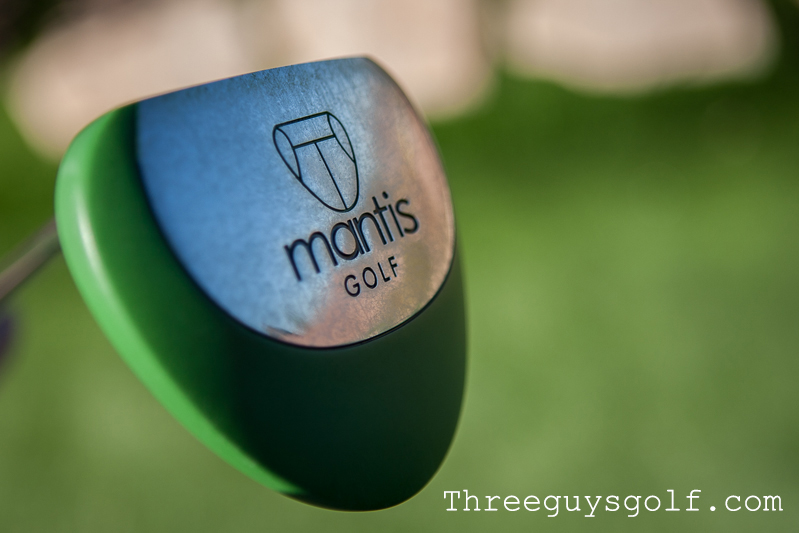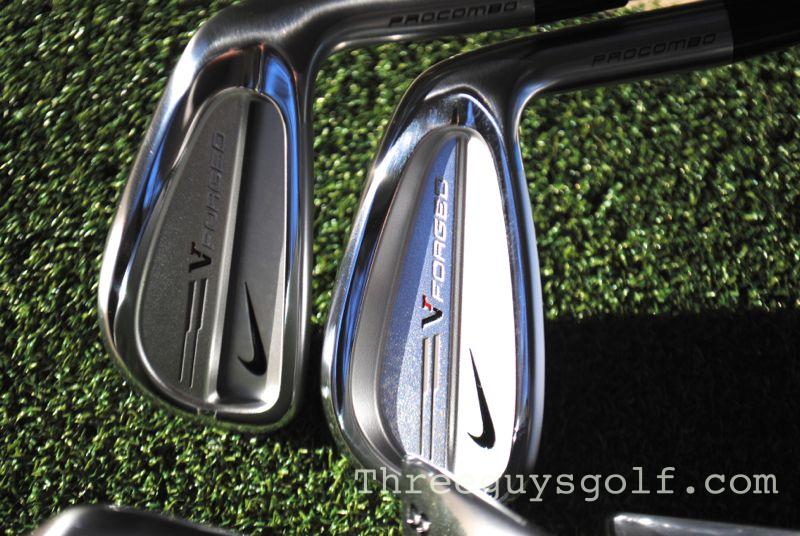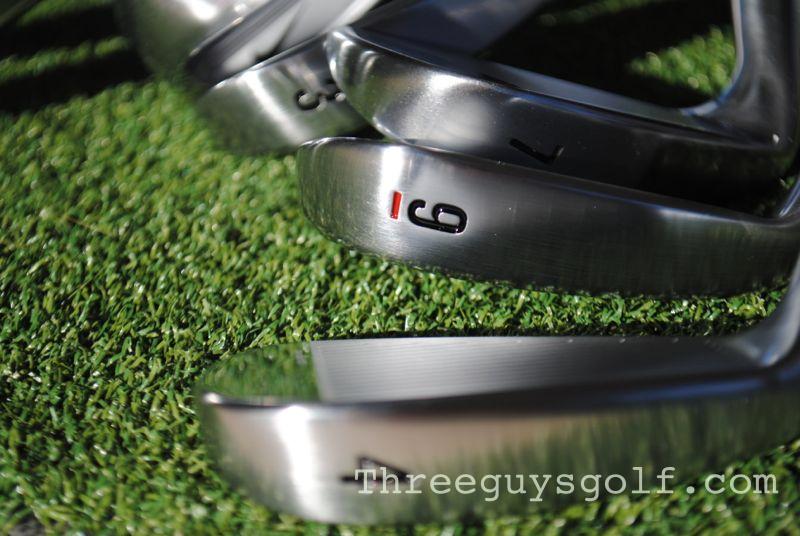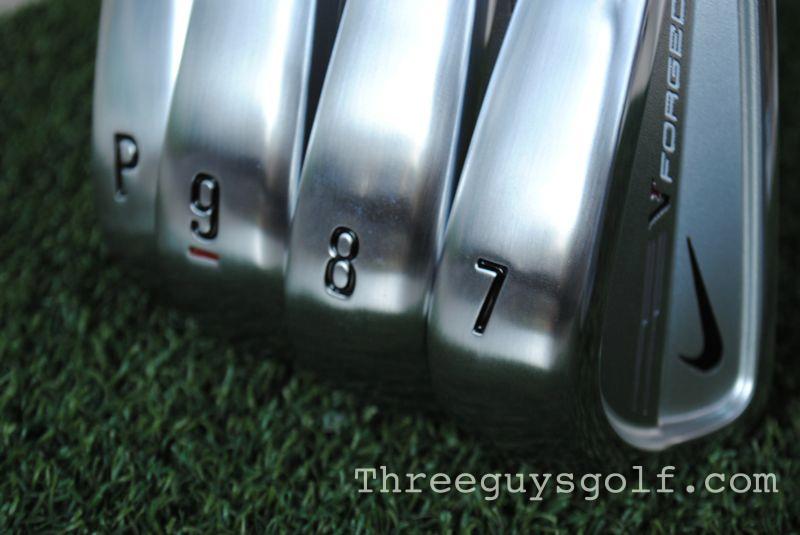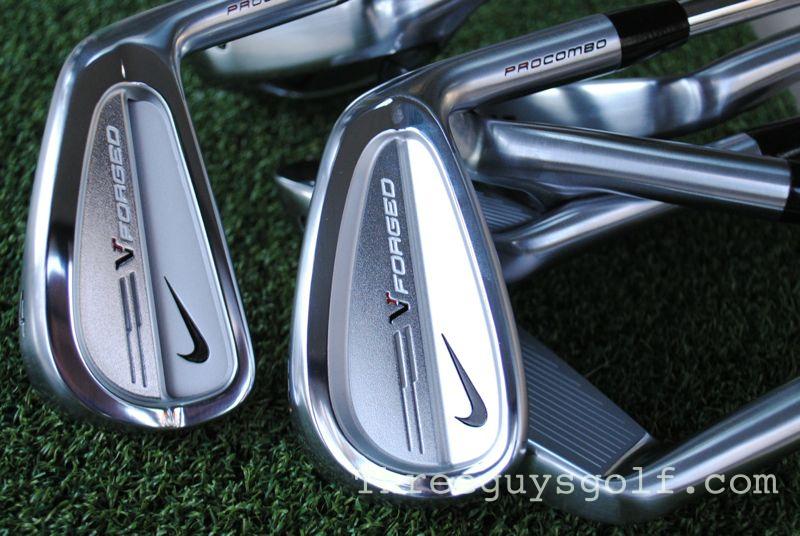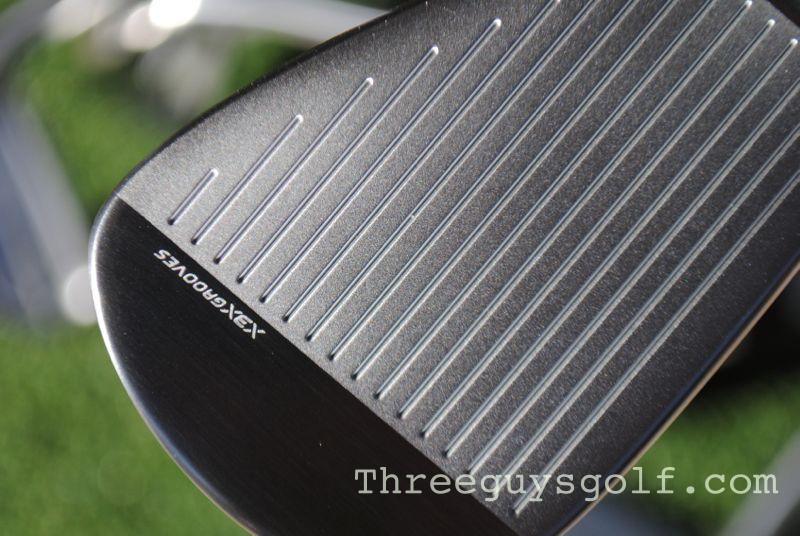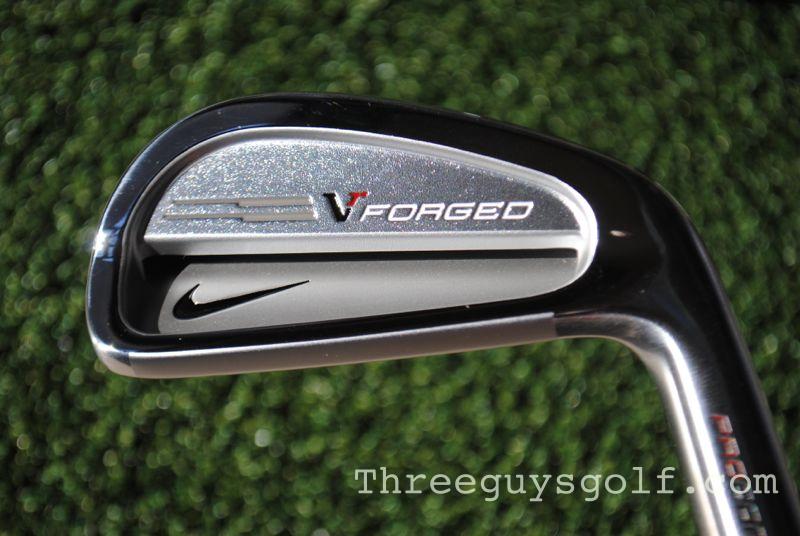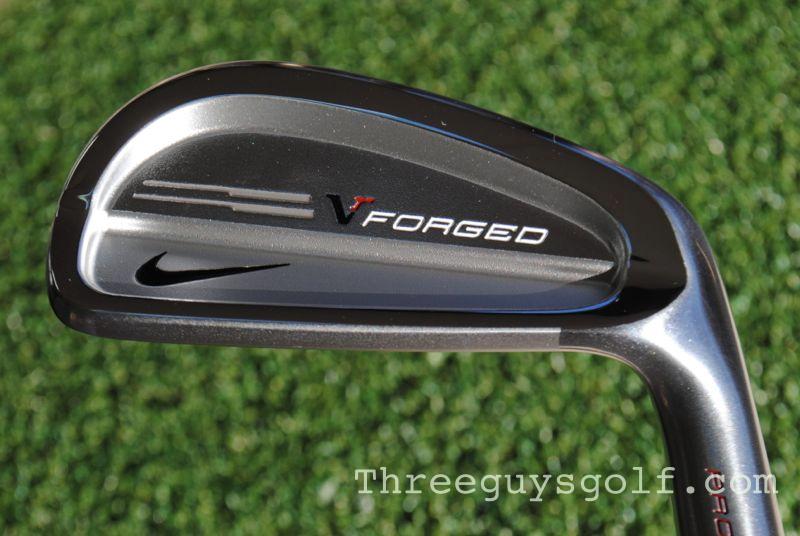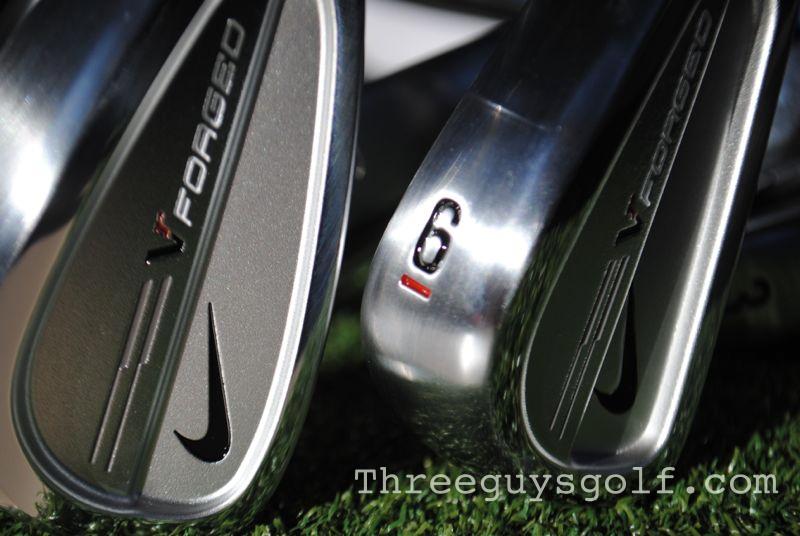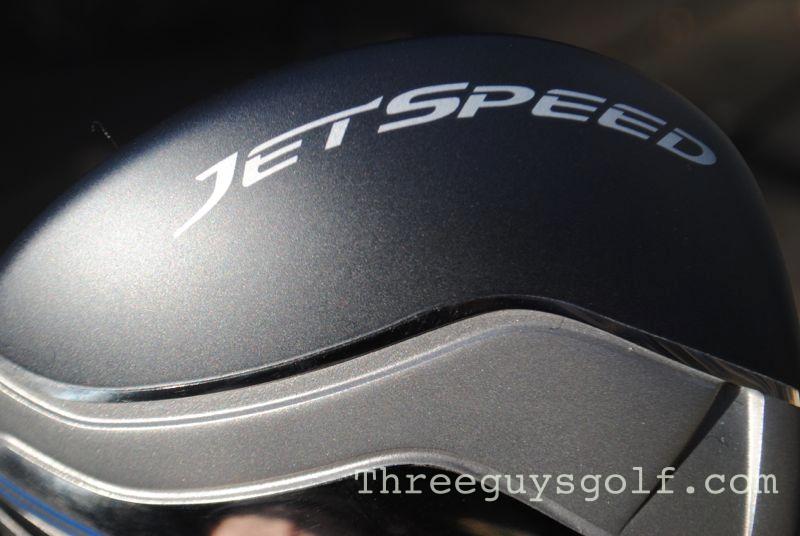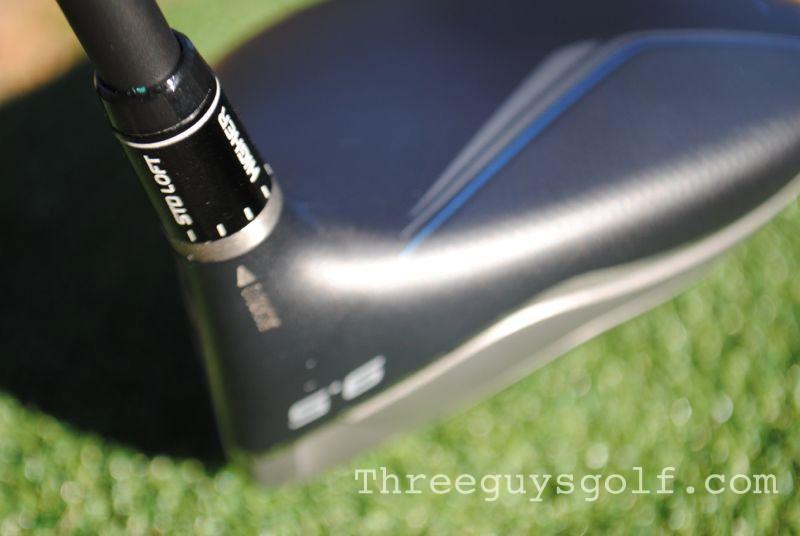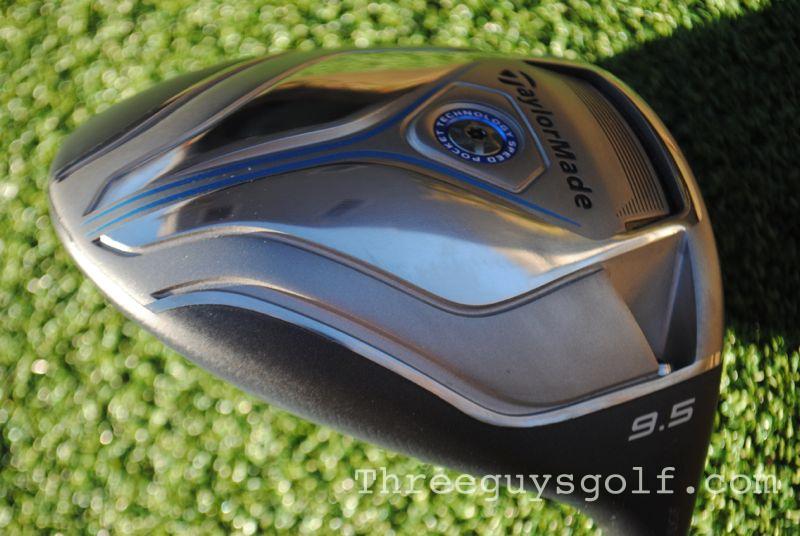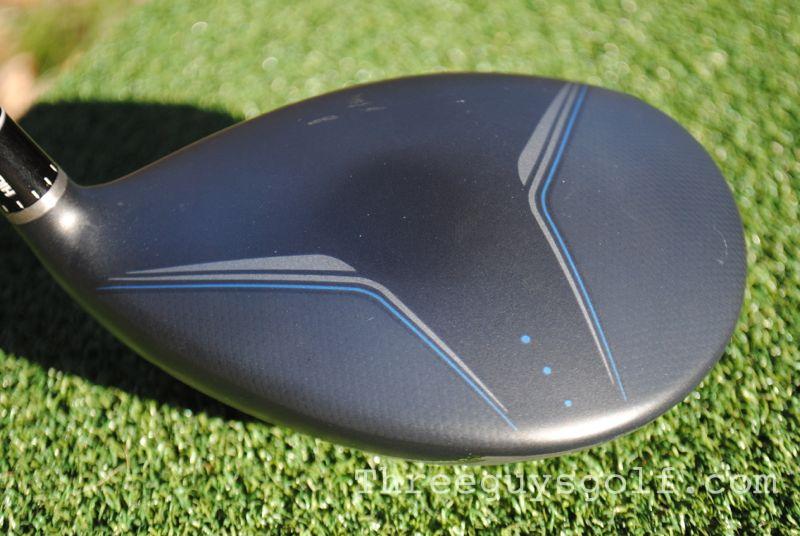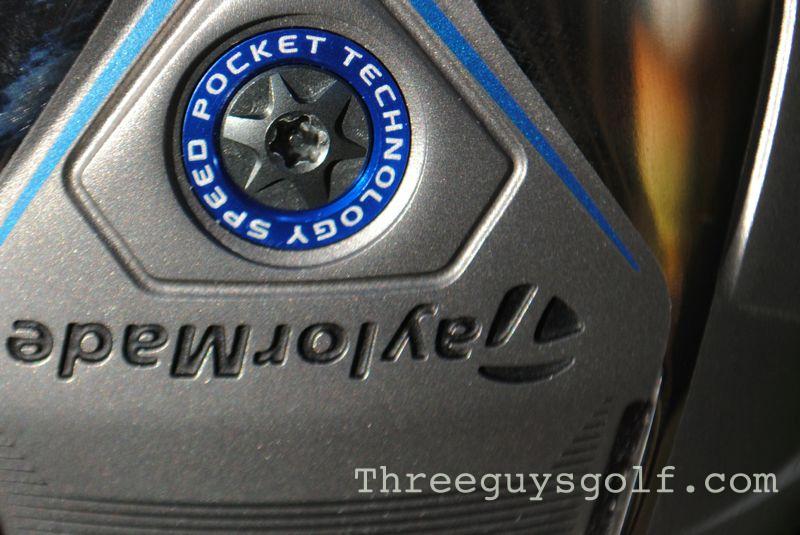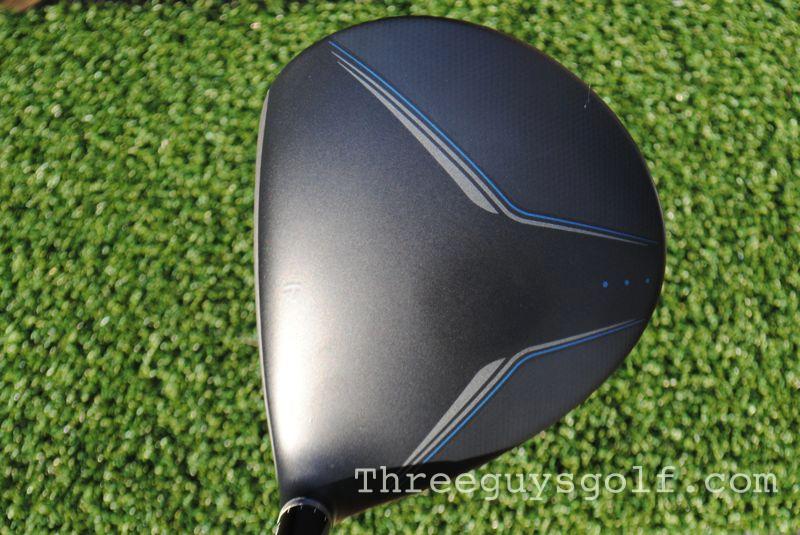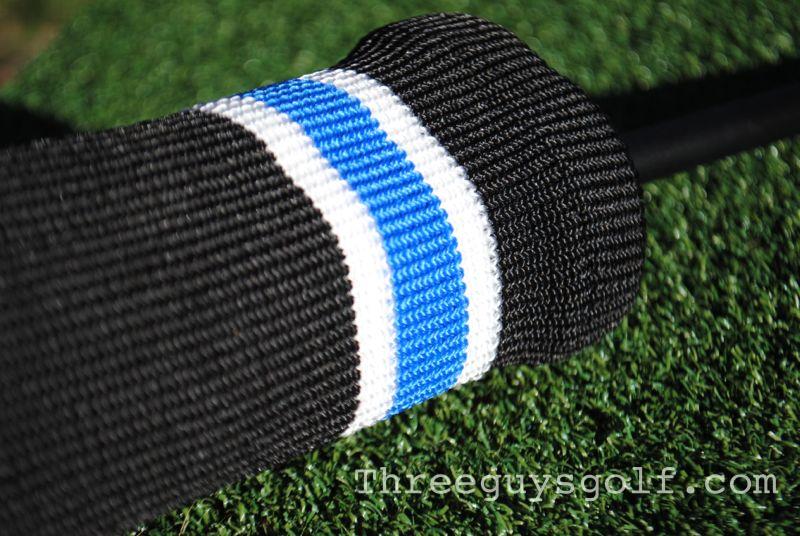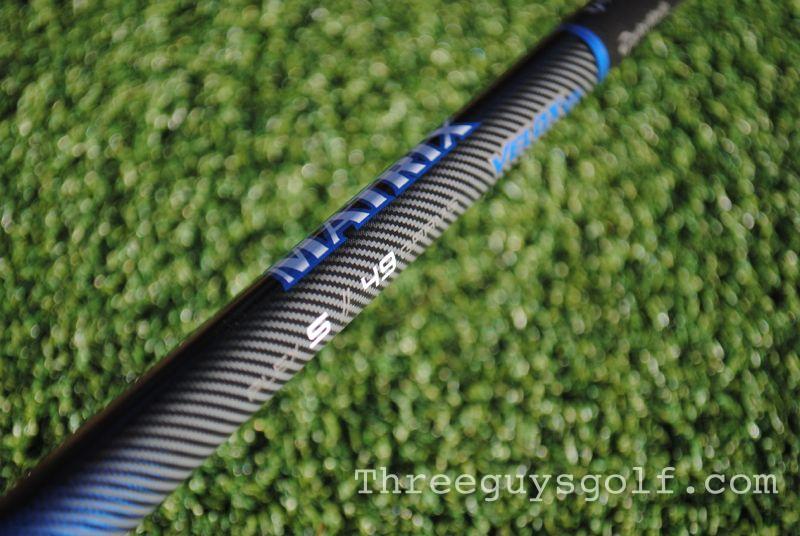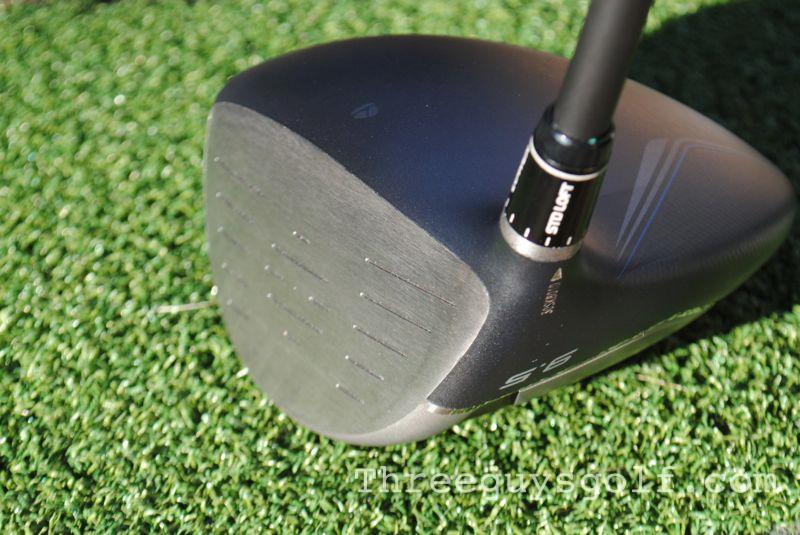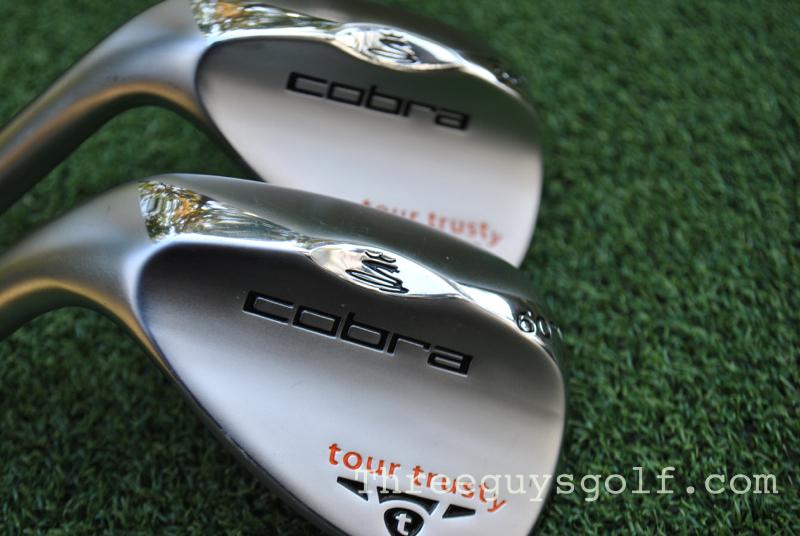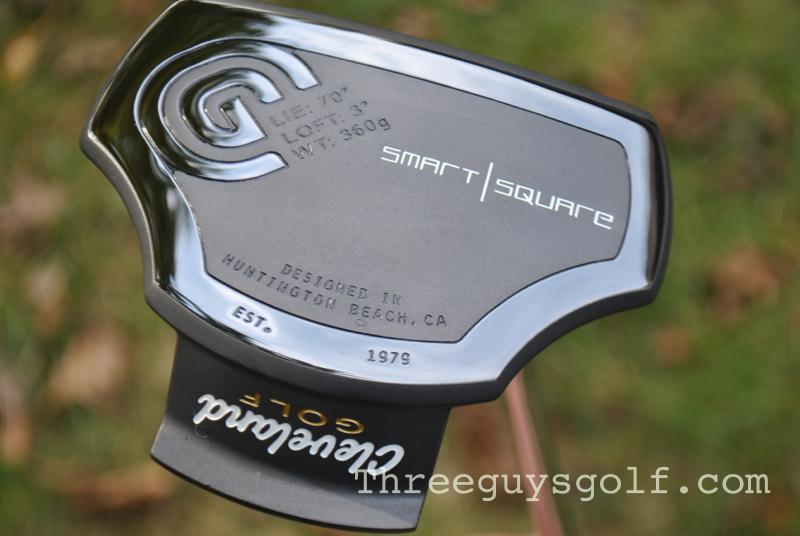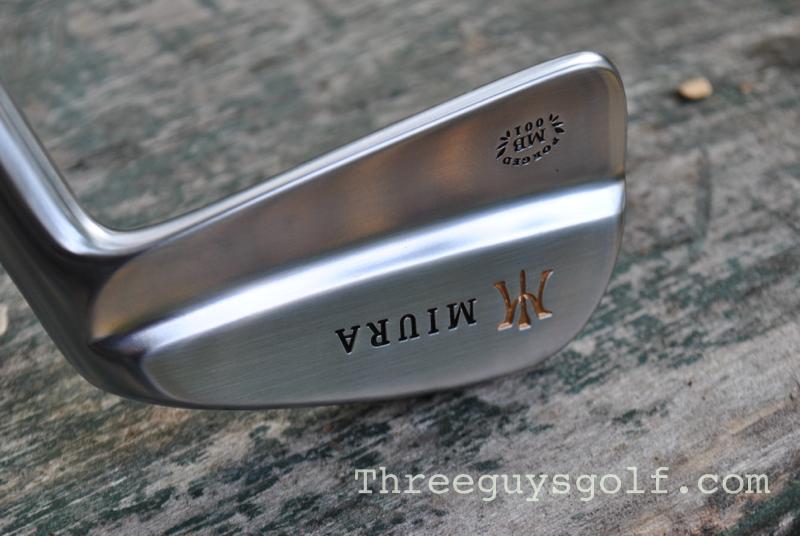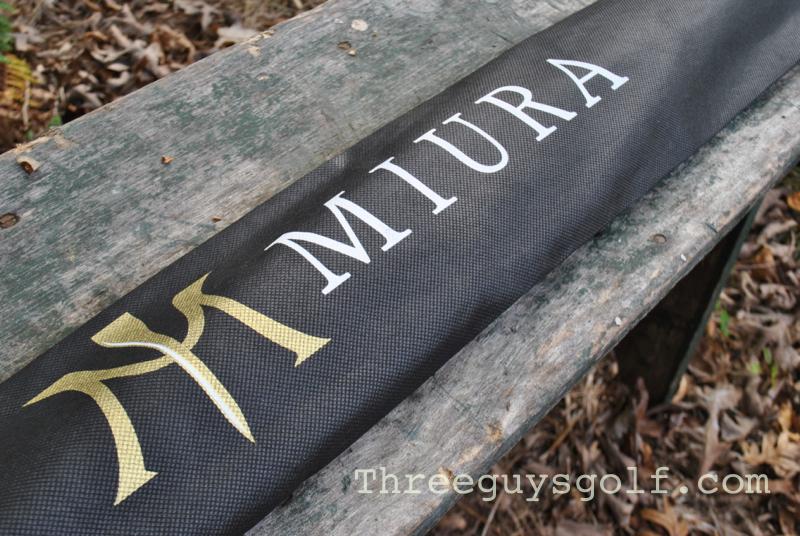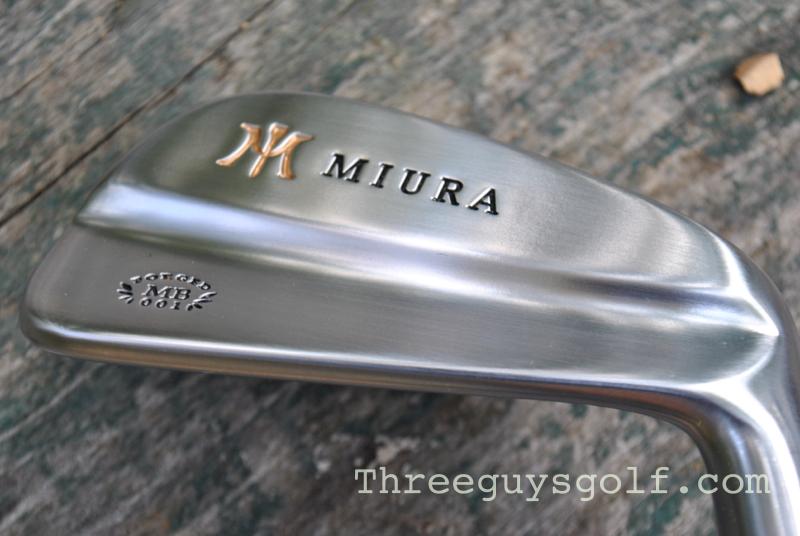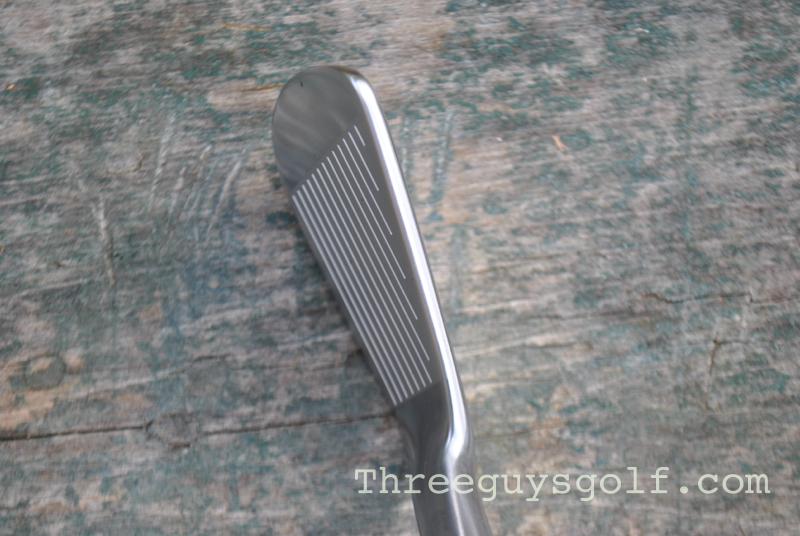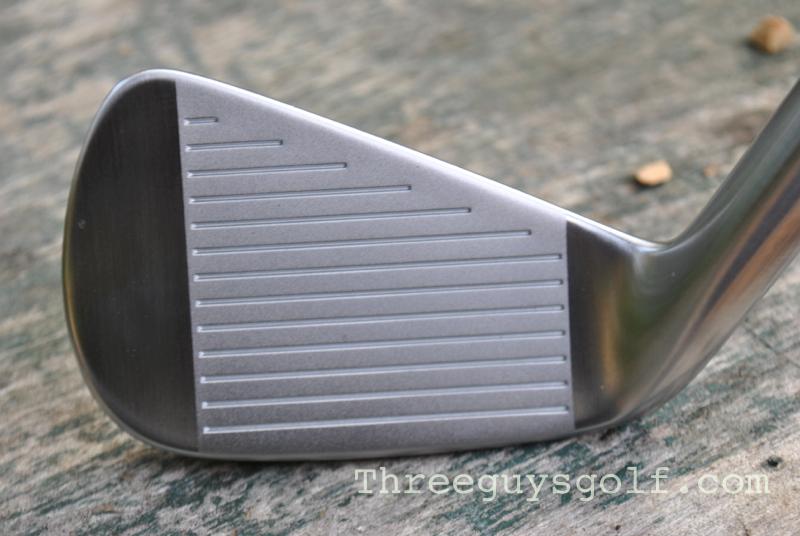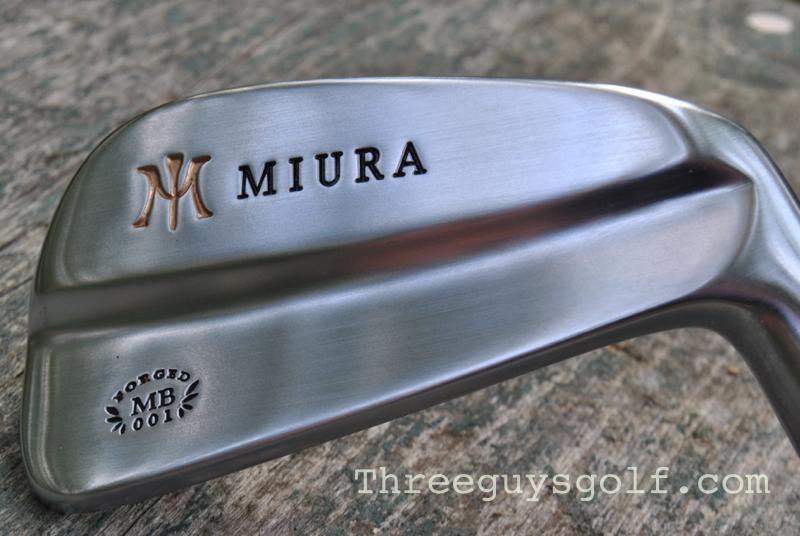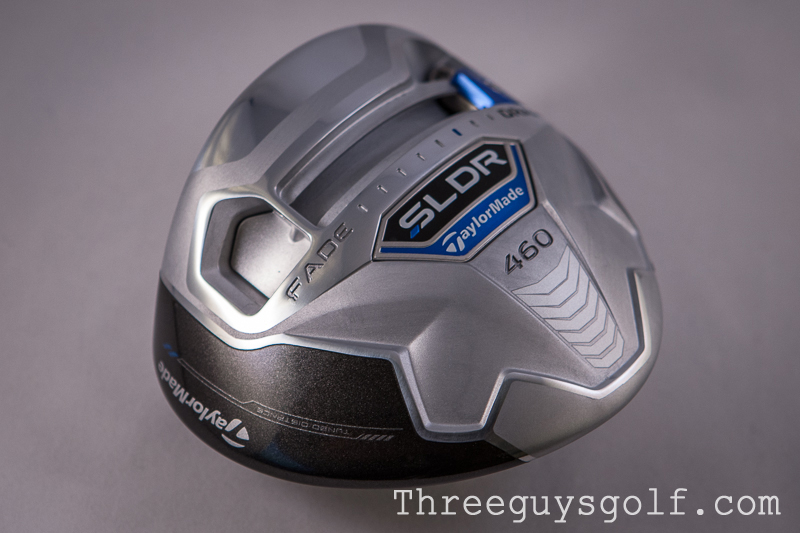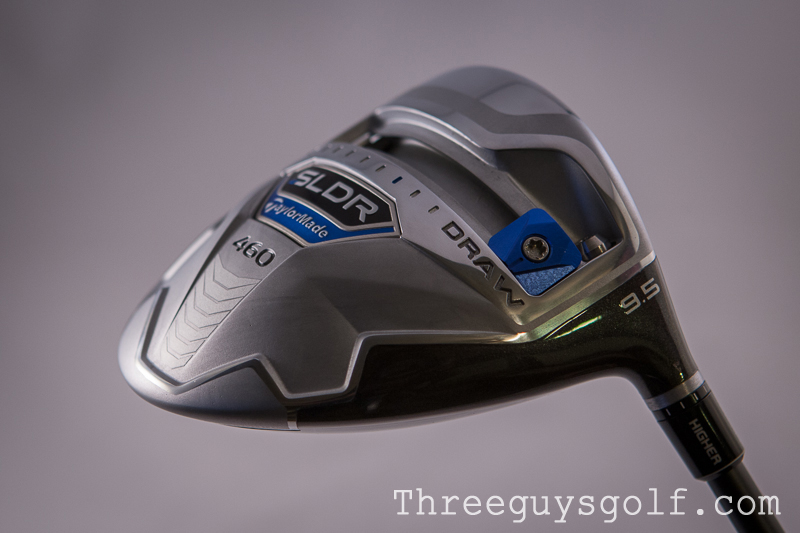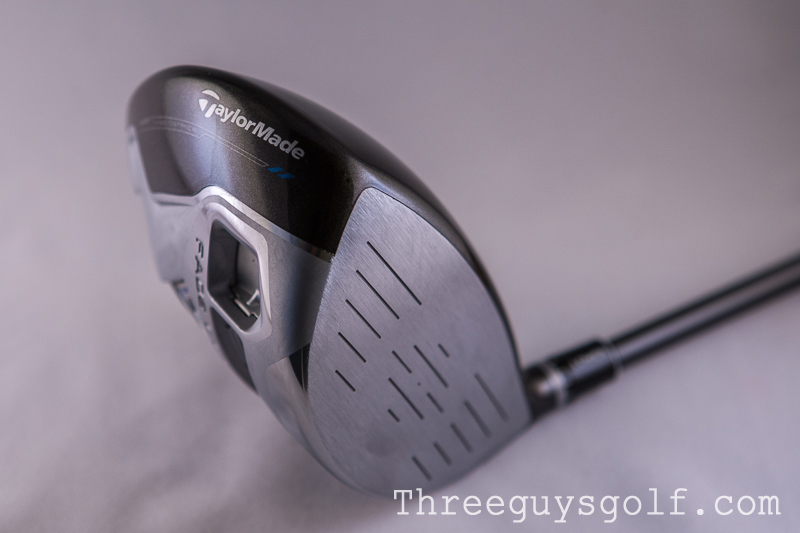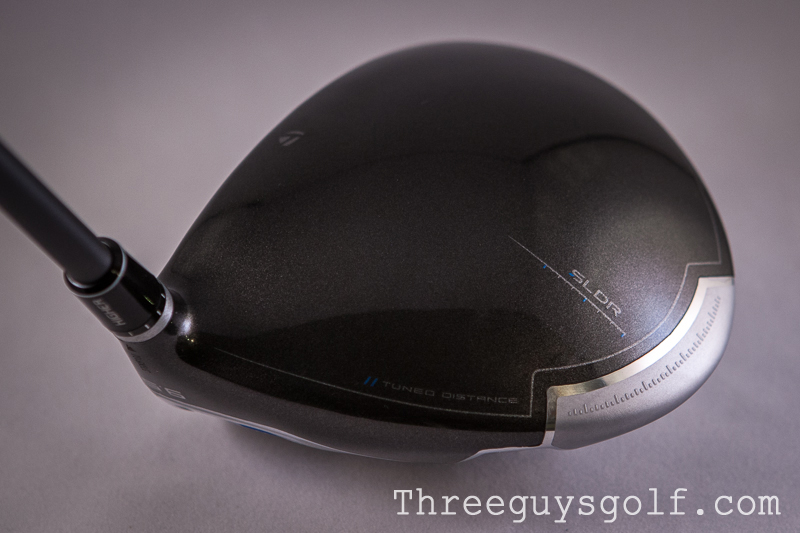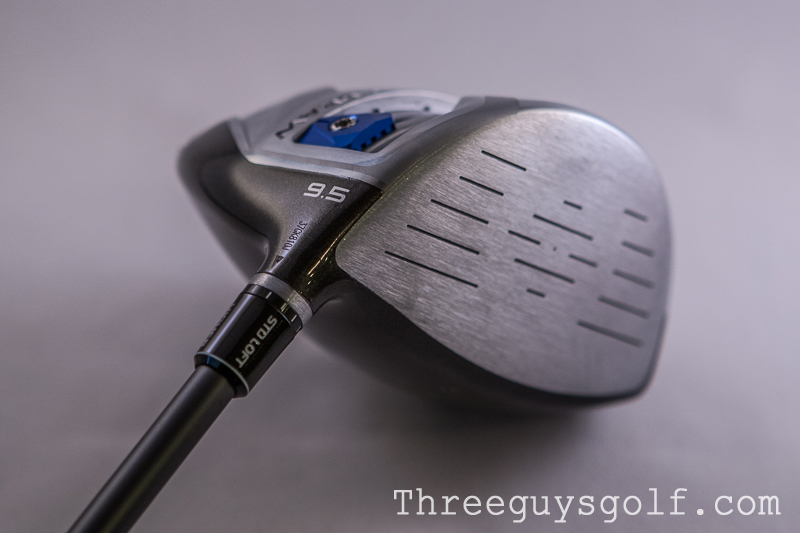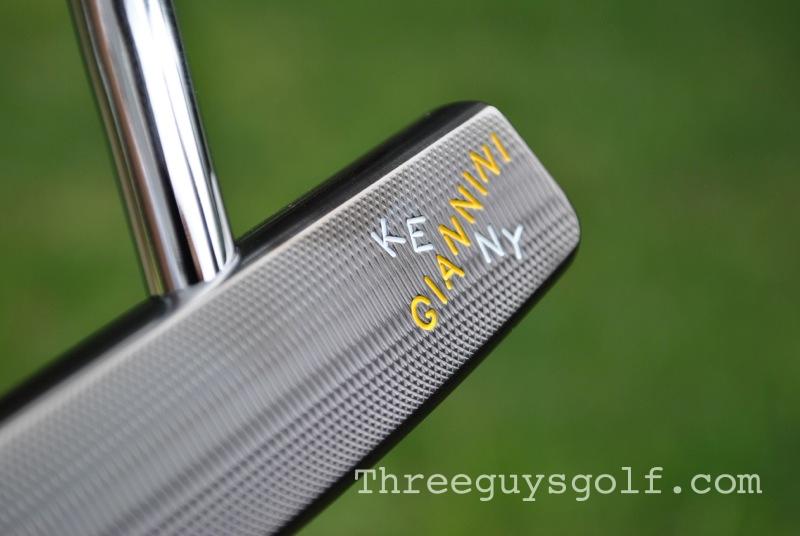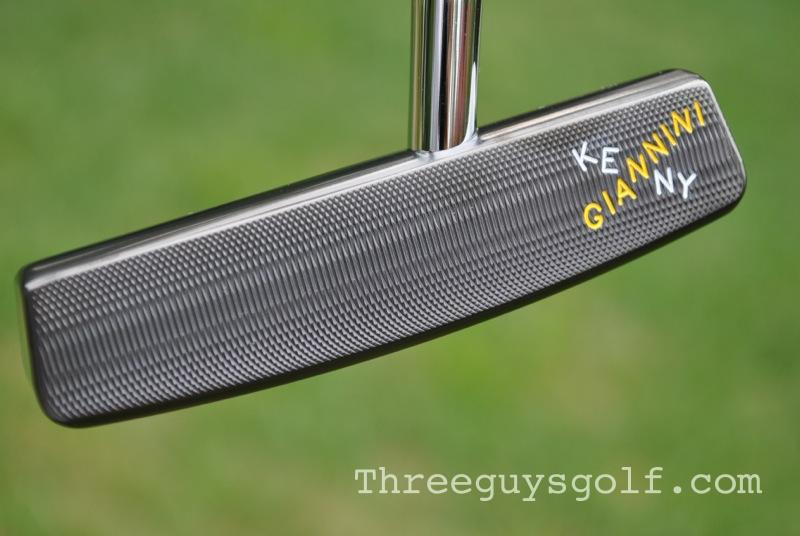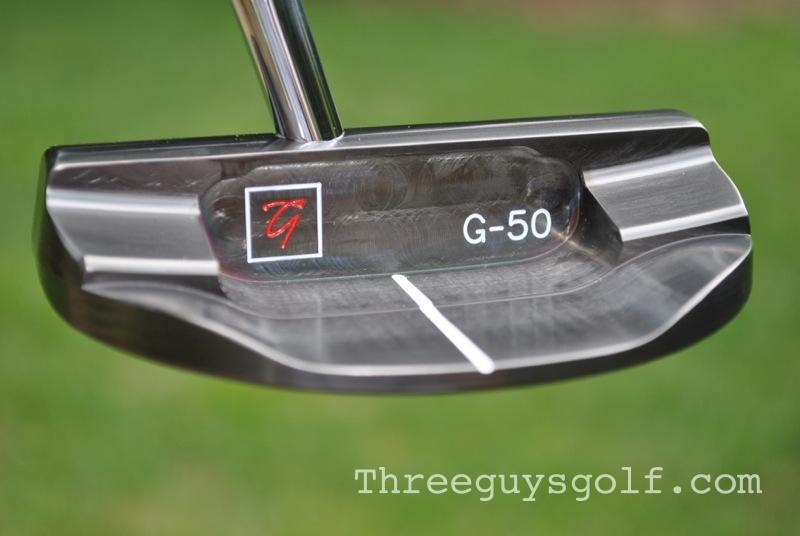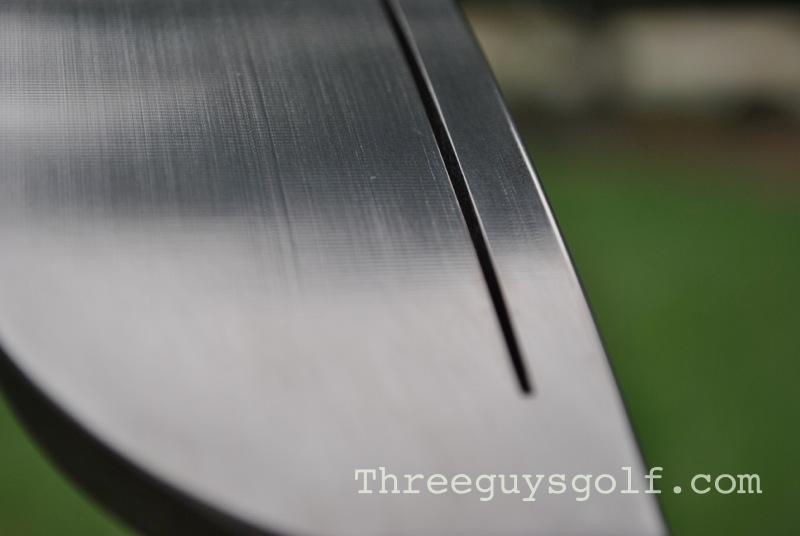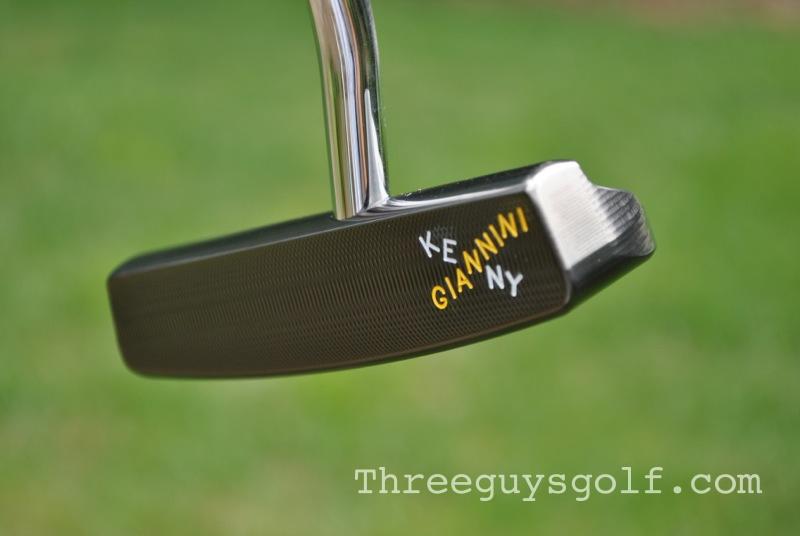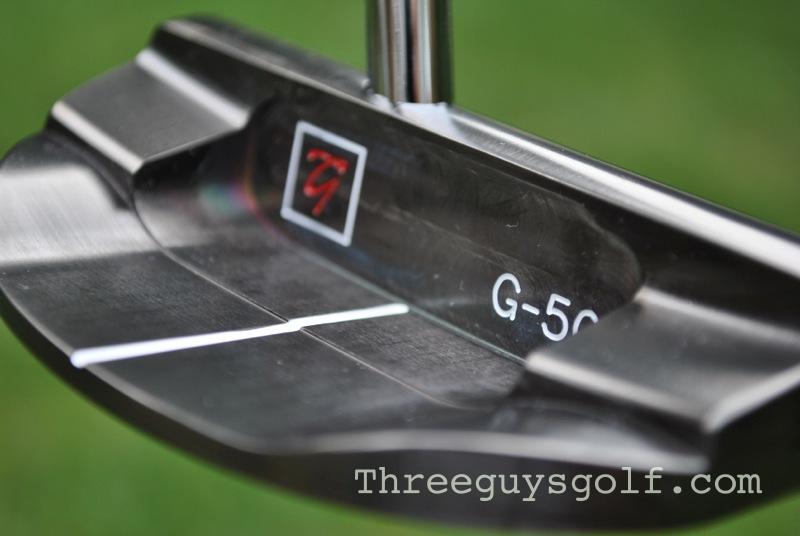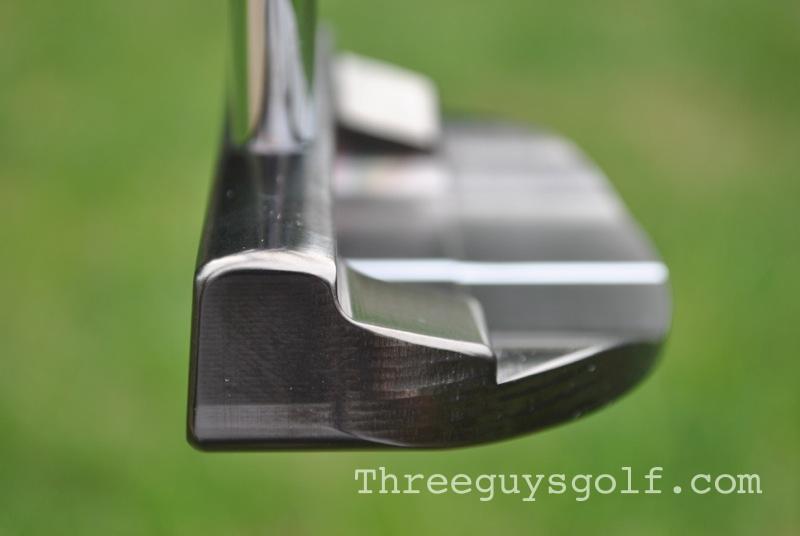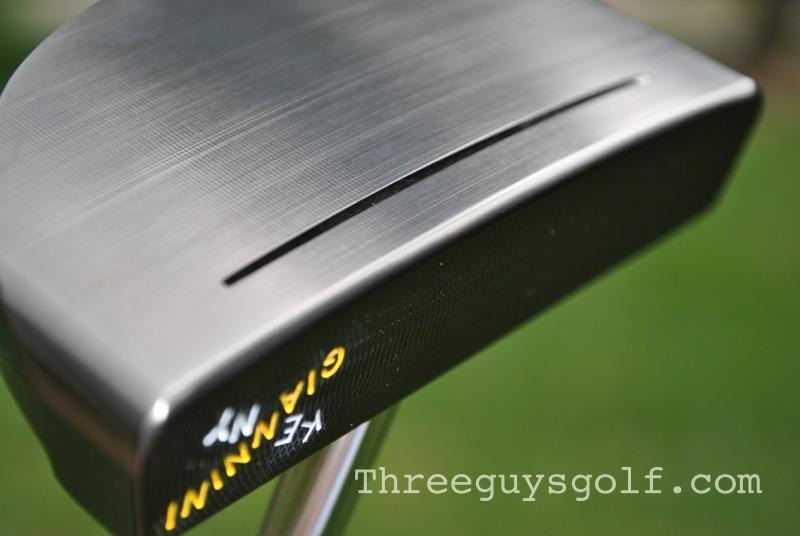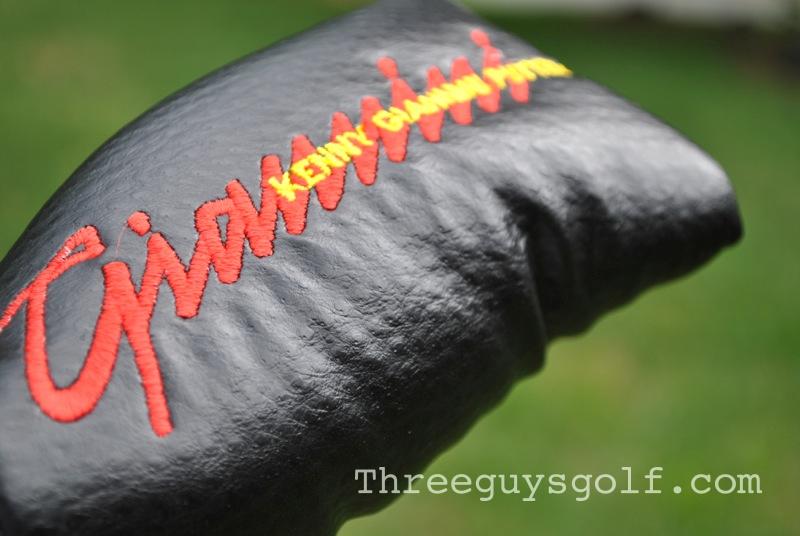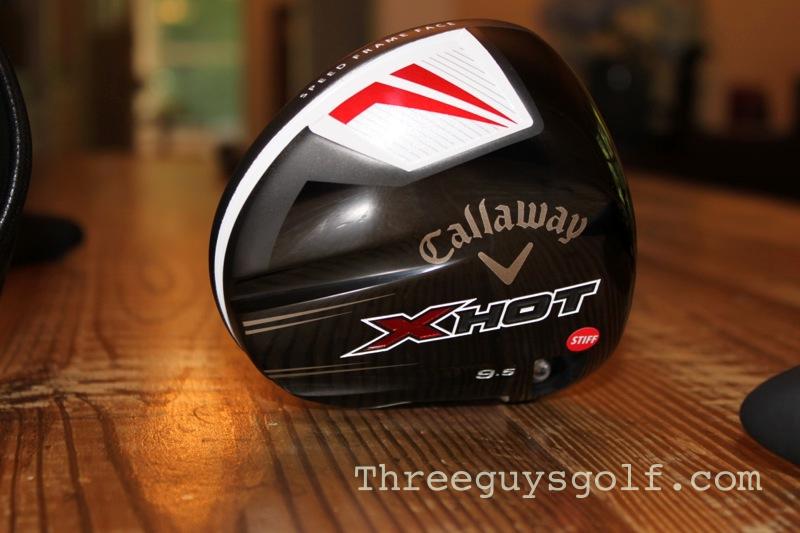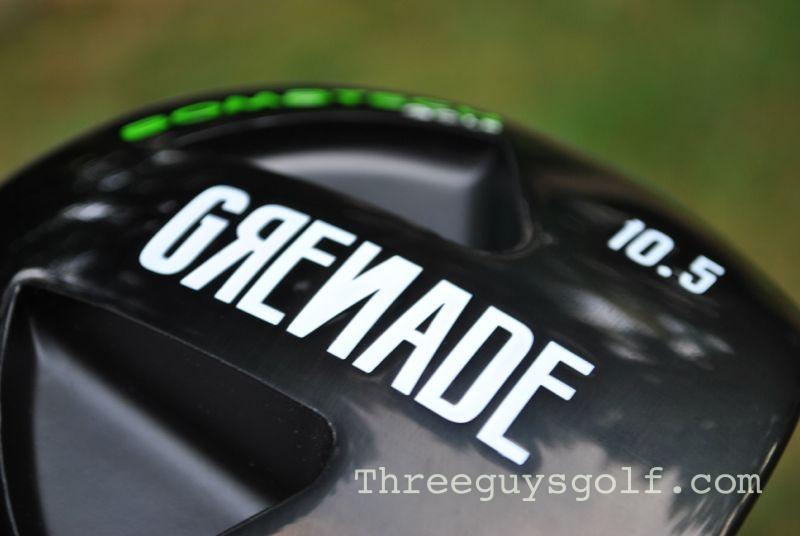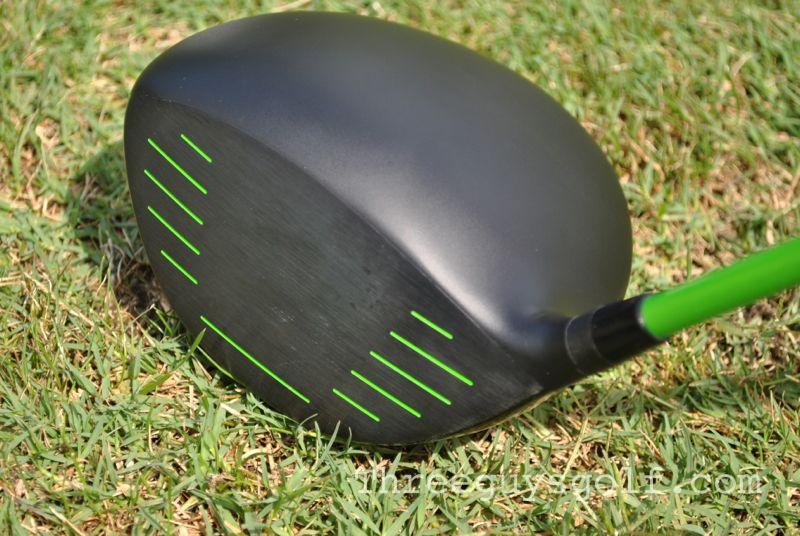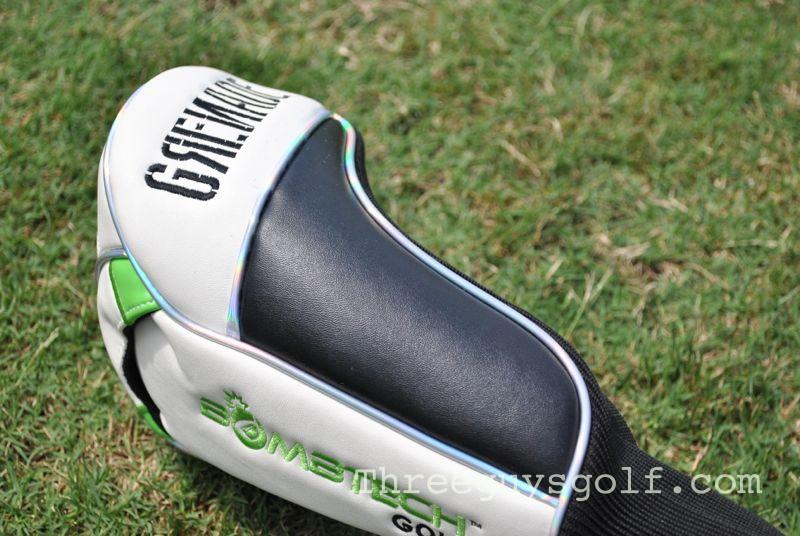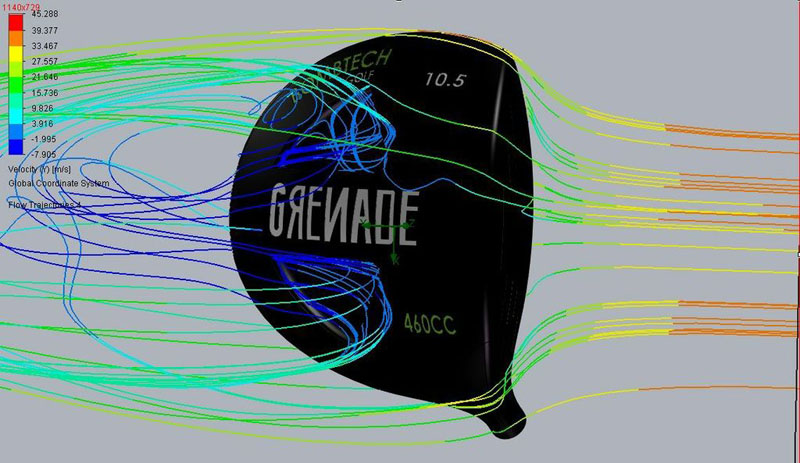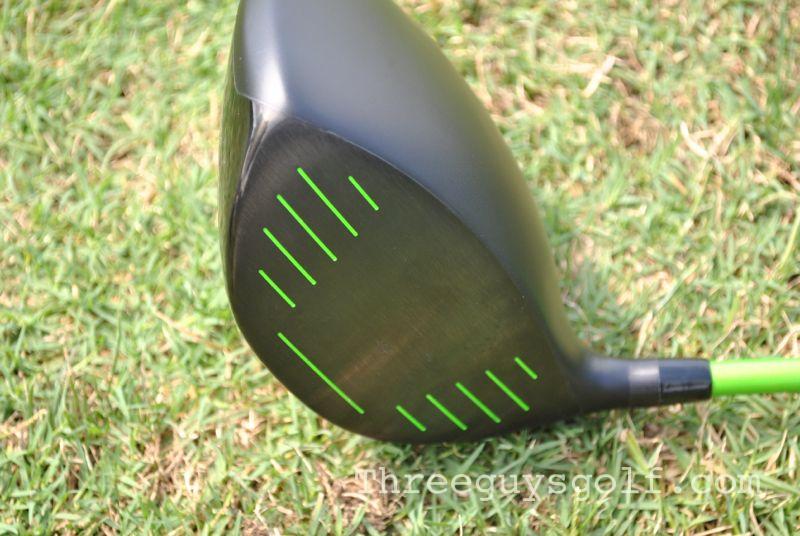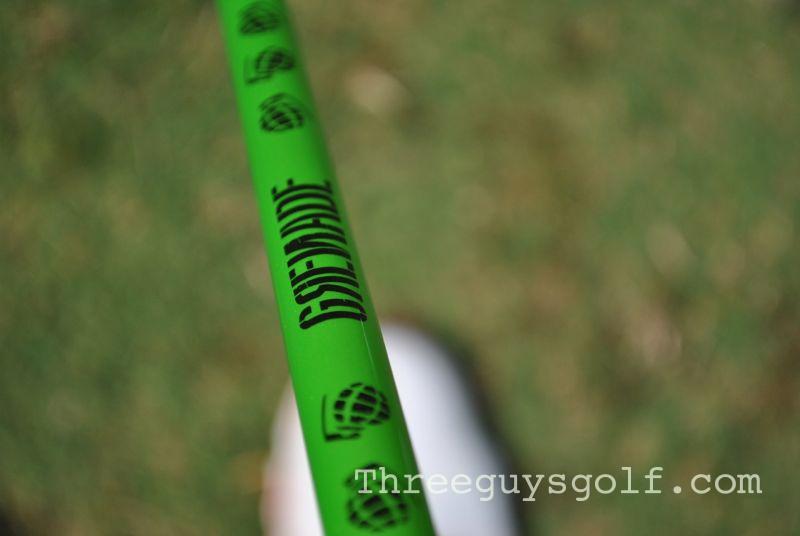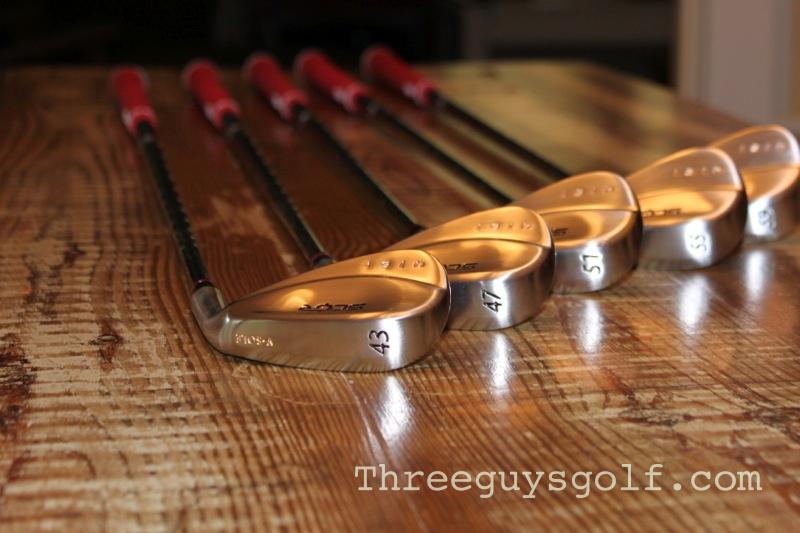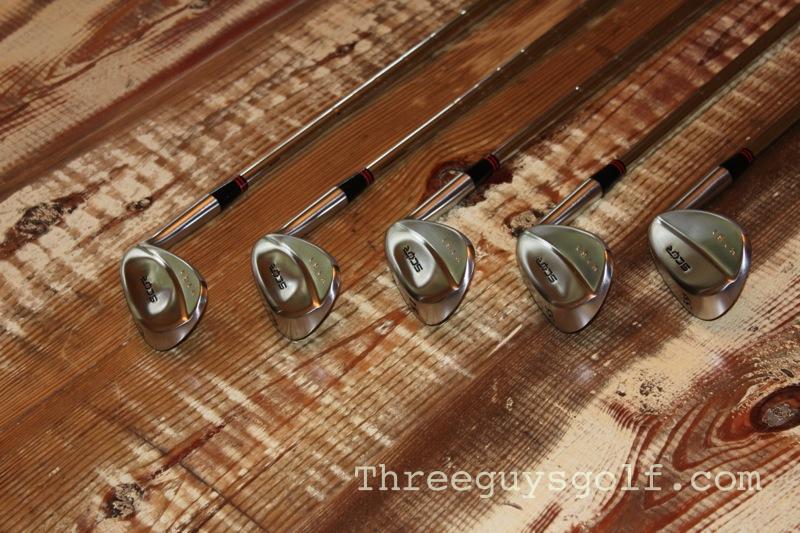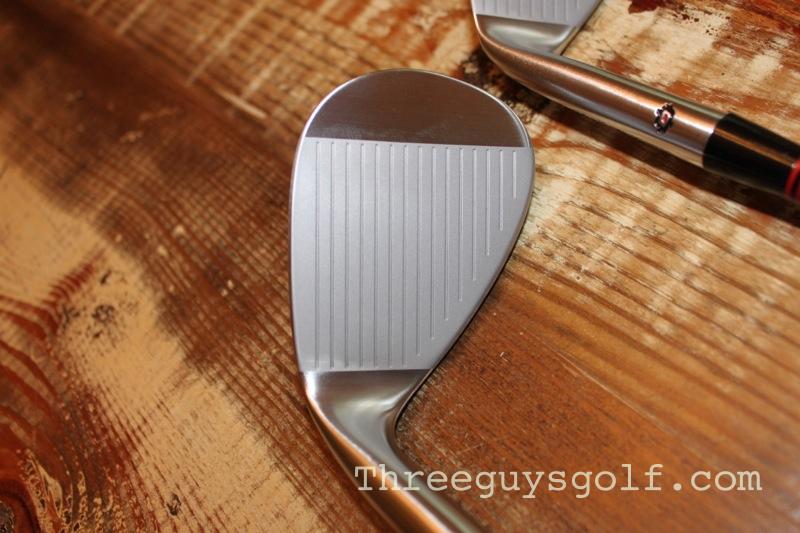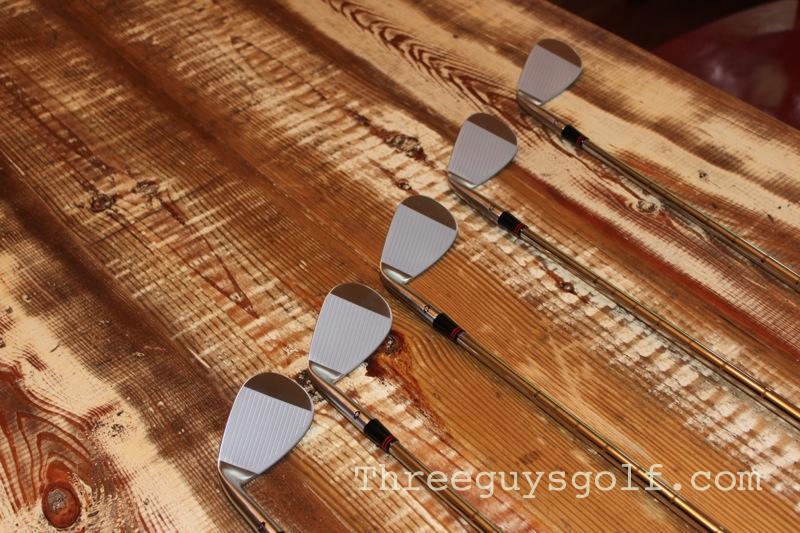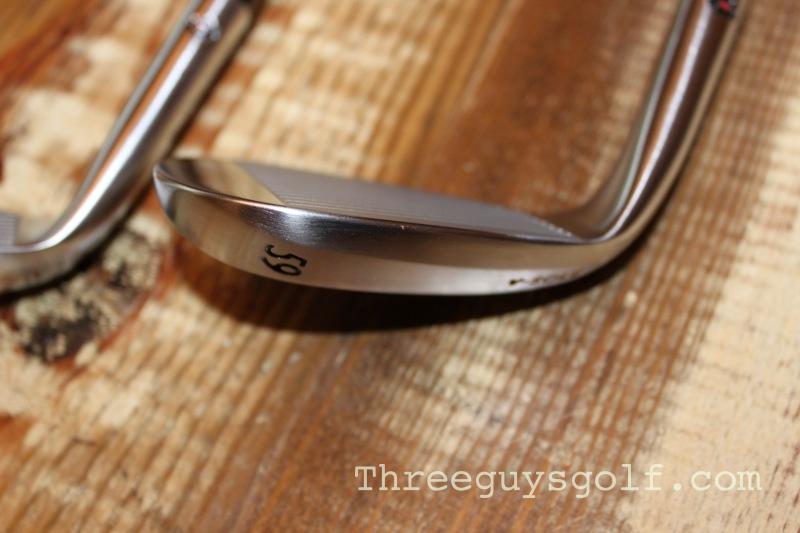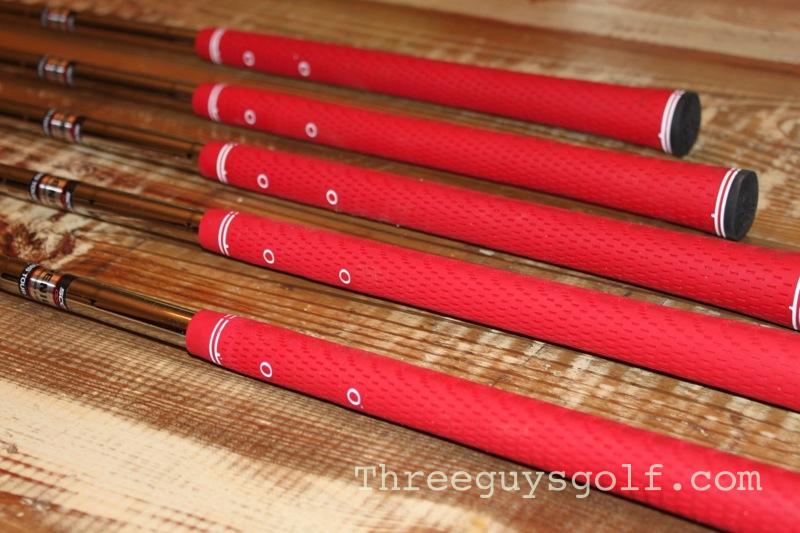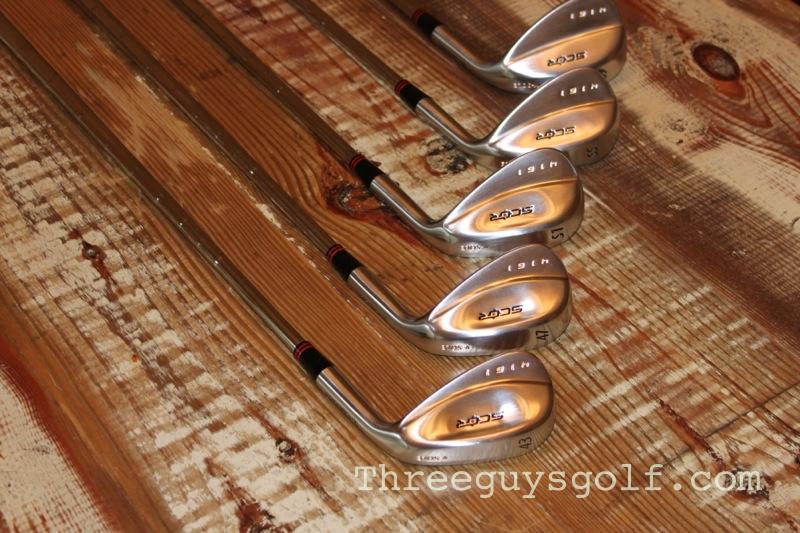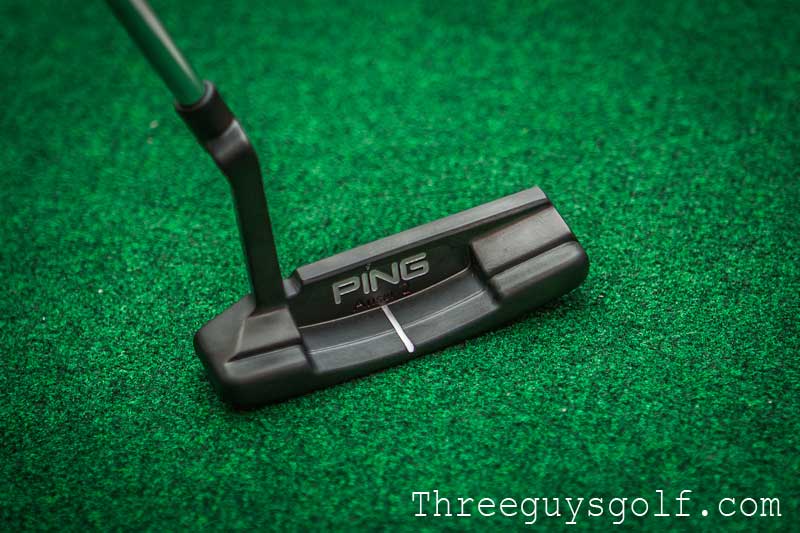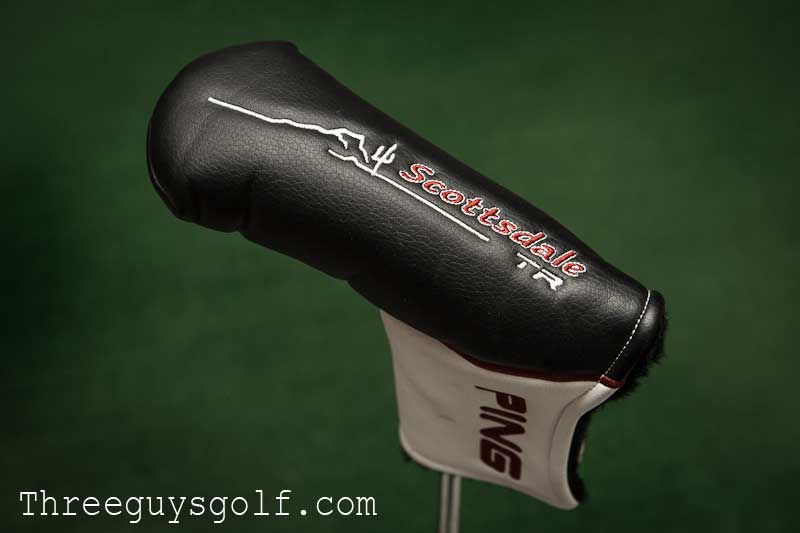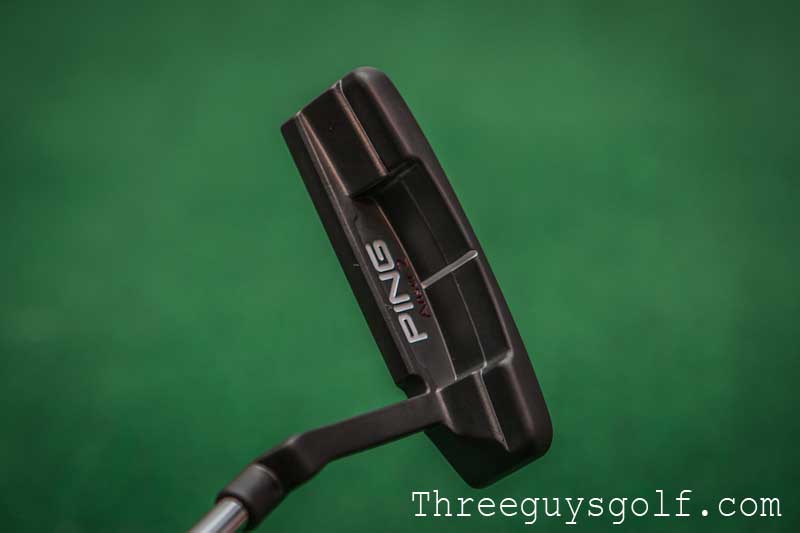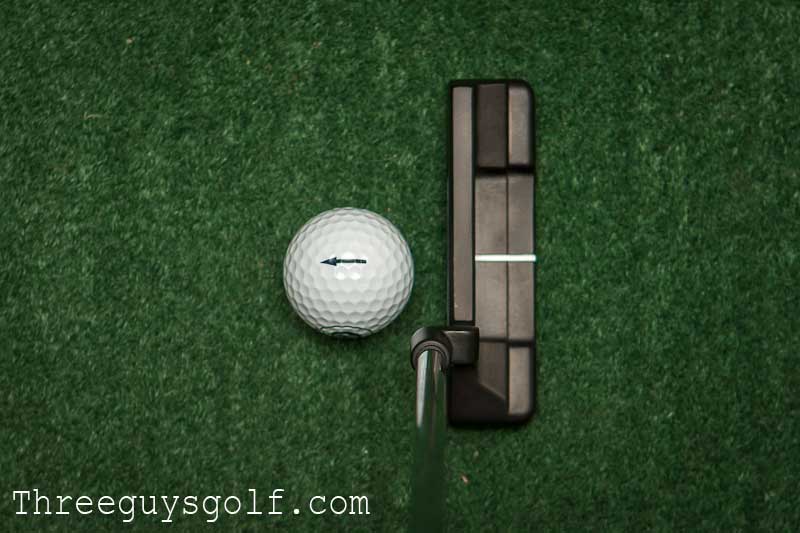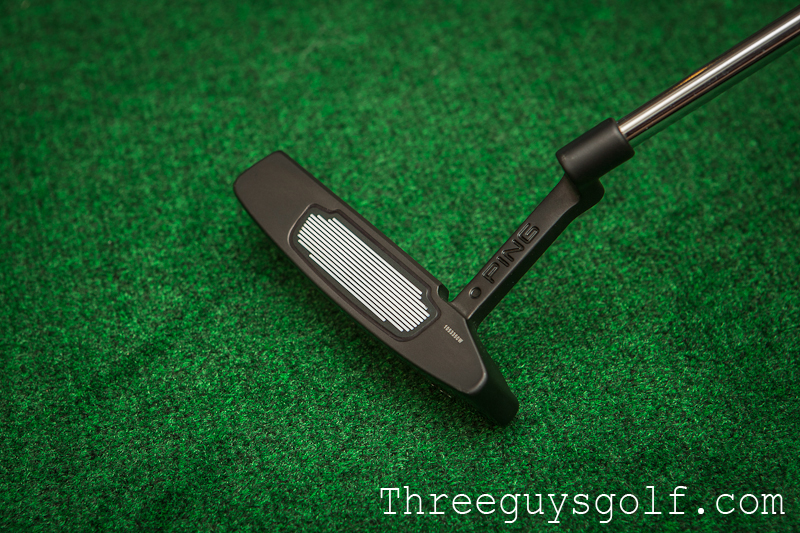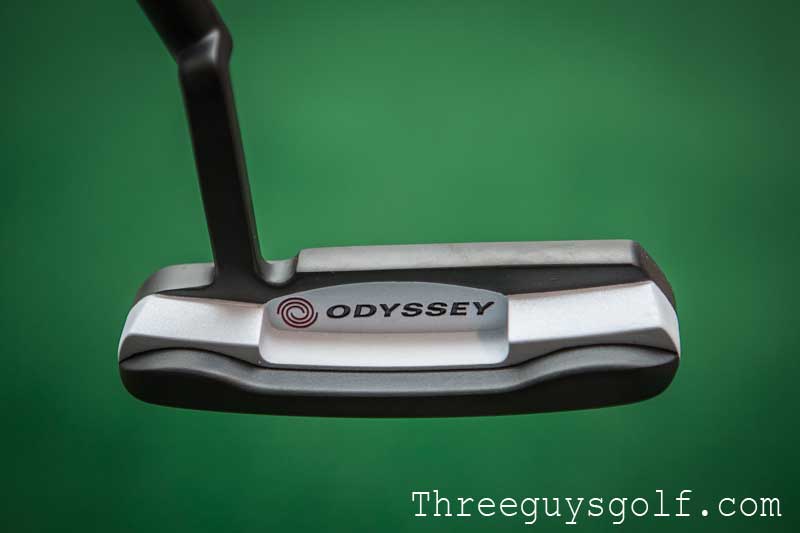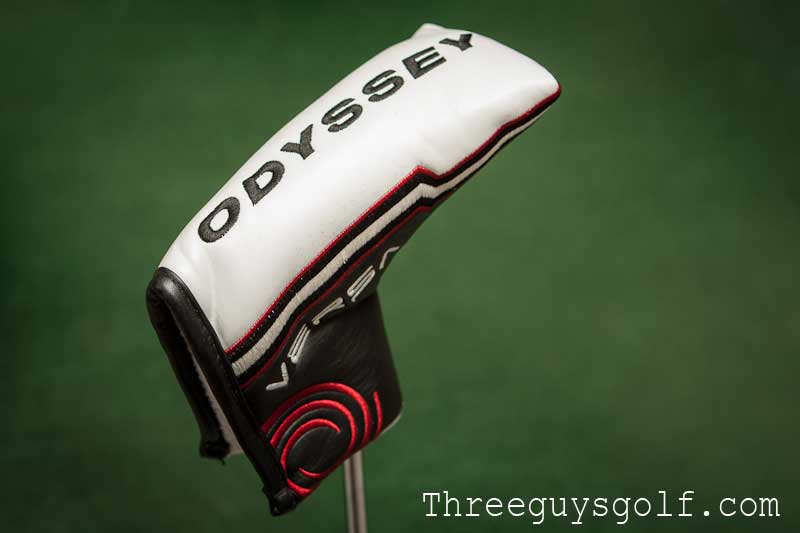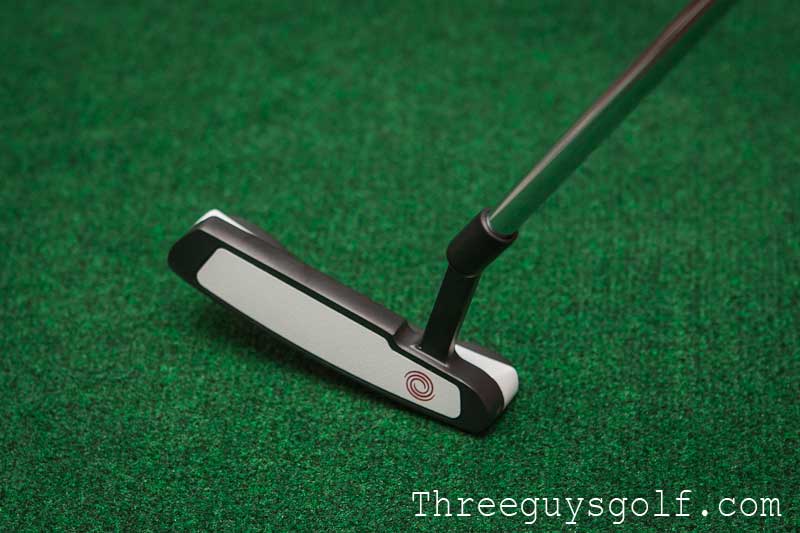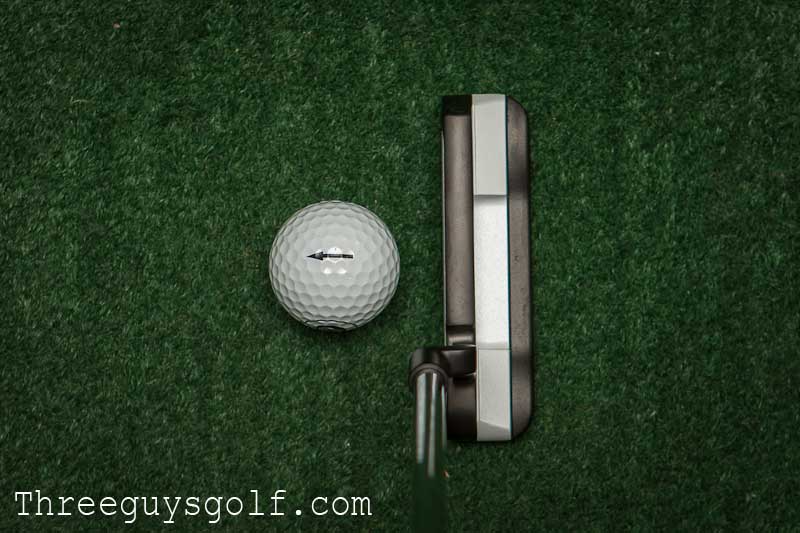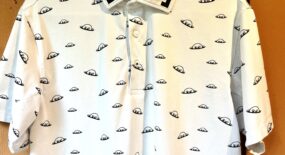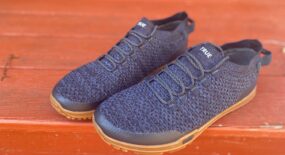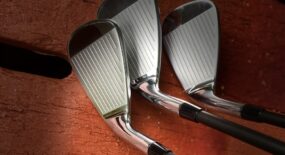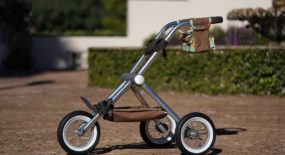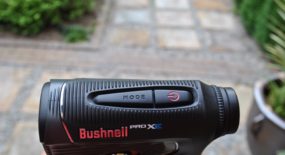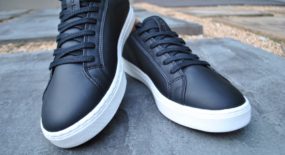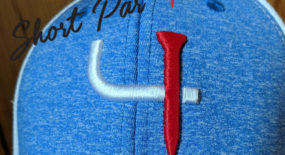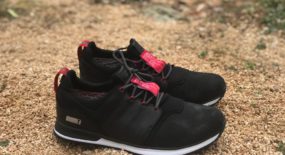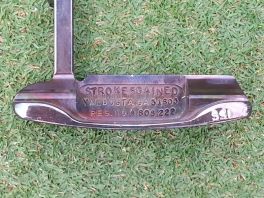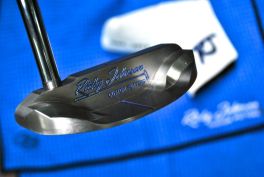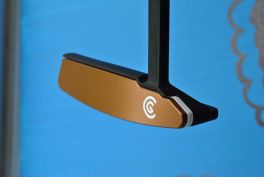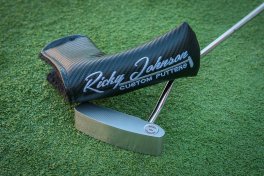In 1998, when I took up golf for real, I bought a used putter from one of my buddies – it was a Scotty Cameron Catalina. Being new to the game, I had no idea who Scotty Cameron was or that I was in possession of a future classic blade. What I did know was that try as I might, I never really became comfortable with it. Stubborn and cheap, I toiled for six years trying to master that putter but in 2004 I finally gave up and sold it to golf galaxy for $120. Ok, simmer down, I know it was stupid. Had I held on to it, I could have fetched over $250 but I was in a bad way and needed to rid myself of the nasty karma. But think about it, what other club in your bag can actually be called and investment? Certainly not the big stick, whose value drops quicker than a Ford Pinto. On the other hand, a quality putter is worth every penny (even if you can’t putt with it) because at least it holds value.
Until fairy recently I was oblivious to the boutique putter industry, but due in large part to my work on this site, I have realized how many small shops are out there making wonderful putters. One such company is NEAD Custom Putters, which is also sold from the website WantsAndNeads.com. Clever, yes.
So what does Scotty Cameron have to do with a NEAD putter review? Only the fact that I was going to be charged with reviewing a blade putter (a style that I have struggled with for years). Originally the NEAD putter review was to be done by fellow blogger, Matt Murley, but alas Gene Nead was fresh out of left handed putters (another nail in the lefty coffin) and proof he is not making thousands of putters to be shipped out across the land. Alas, it was therefore incumbent upon me to handle this review. Because of my admiration for the company, I was honestly quite concerned because my history with blade putters is not exactly glorious.
My putting performance aside, the NEAD AS10 is a stunning piece of craftsmanship. Deep milling on the face gives it undeniable status and it is literally impossible to take a bad picture of this putter. She is what I call “Instagram gold” that garners likes and comments of “wow” and “#putterporn”. Even after 15 or so rounds, the shine and luster are the same as the day it showed up on my doorstep. I am also keen on the NEAD stamp on the heal of the putter which is both understated and bold.
The back of the putter features a the company namesake, NEAD and simple alignment aid leaving the only untouched surface the sole which ice smooth.
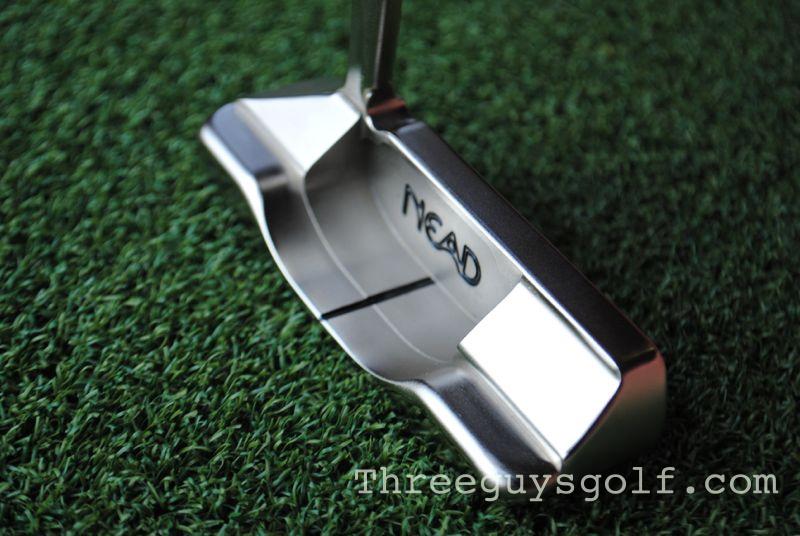
Beyond the face of the putter, perhaps the most unique visual feature is the copper toned shaft which is extremely rare. So rare, I can honestly say I have never seen one in person or at least cannot recall a time.
The grip is a light tan leather with NEAD stamped upon it, and despite the fact that I am basically all in with SuperStroke grips, I have not had the guts to replace the NEAD grip. To me, it would feel like defacing a piece of art. Plus, I have come to really like the leather stitching which helps to set your hands.
Taken as a whole the NEAD AS10 is a wonderful blend of traditional styling with aggressive touches. This should actually not come as a surprise as Gene Nead had deep roots in the NASCAR industry, so a little vroom vroom is to be expected. Gene’s history is actually quite fascinating and I would recommend you read the interview he gave to My Golf Spy.
Here’s the thing about boutique putters, you really cannot get the full sense of the beauty until you actually take it out on the course. I can recall checking out the NEAD putters at the 2014 PGA show and being impressed, but it was not until it actually went into my bag that I got “new putter tingles”. Much like a piece of art you buy from a gallery, the appreciation is not complete until it hangs on your wall.
When the NEAD AS10 finally did find a home in my bag there still was the small issue of the fact I have never putted well with a blade. Honeymoon period aside, I still love this putter and I can absolutely make putts with it. Not being a techno geek, this is why I think this putter is so effective:
The deep milling helps to get the ball rolling quickly and keeps the ball on line. I have become much more aggressive with this putter as I feel incredibly confident that I can get the ball on line and have it stay there which is super important for putting bermuda greens that break hard at the hole. I also think the weighting is nearly perfect, such that I am able to have great feel for long putts. On shorter putts where I think the blade typically gives me trouble, the NEAD putter is very solid and resists any twisting. Even with a much thinner grip than I am used to, I found the putter to handle slight off-center strikes and be very accurate inside that 6 foot range.
NEAD Custom Putters are located in my home state of North Carolina. Specifically NEAD is located in Charlotte NC which also happens to be NASCAR Country. So when Gene is not busy with his crew chief duties he is meticulously crafting putters one at a time (albeit with some pretty cool equipment that may or may not be on loan). Currently NEAD offers a select number of styles and finishes but can also do custom work as well. Pricing depends on the individual putter but they typically run about $400.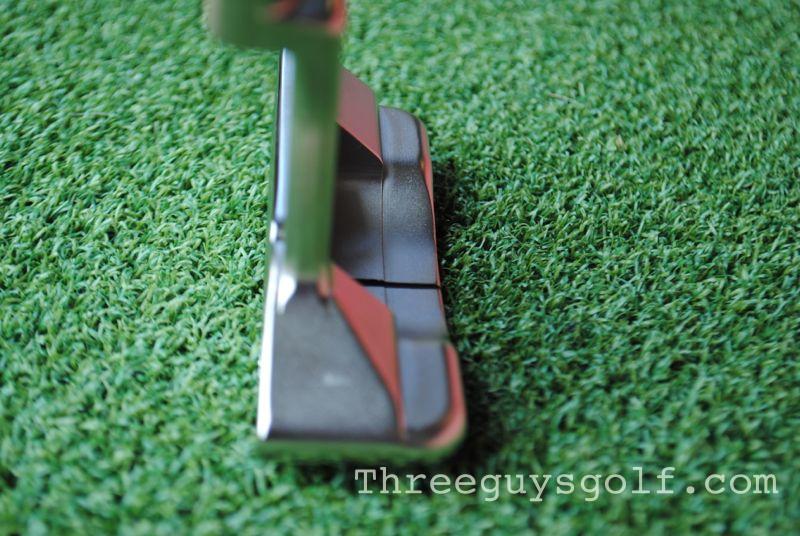
You can learn more about NEAD Putters on the NEAD Custom Putter website.


